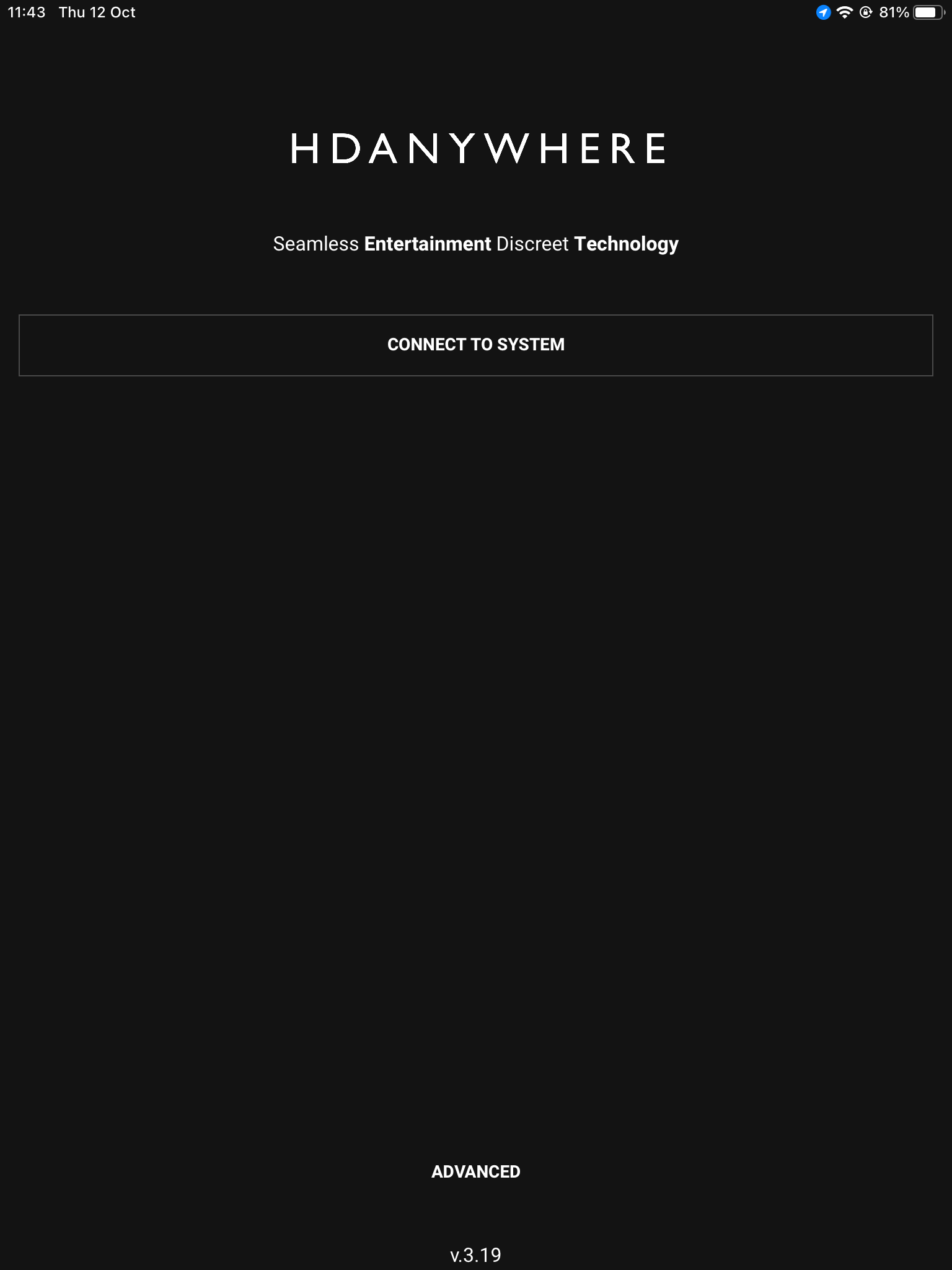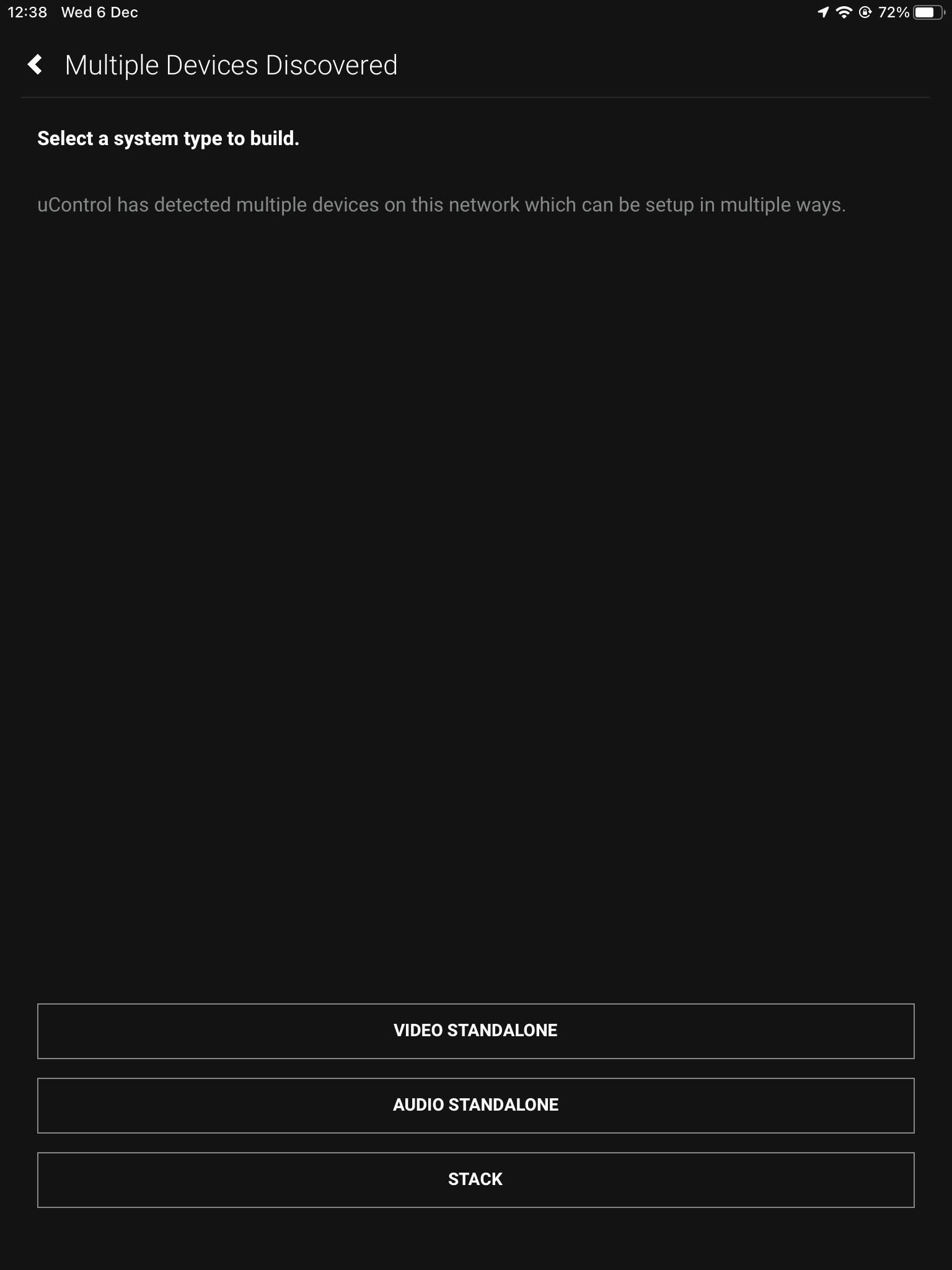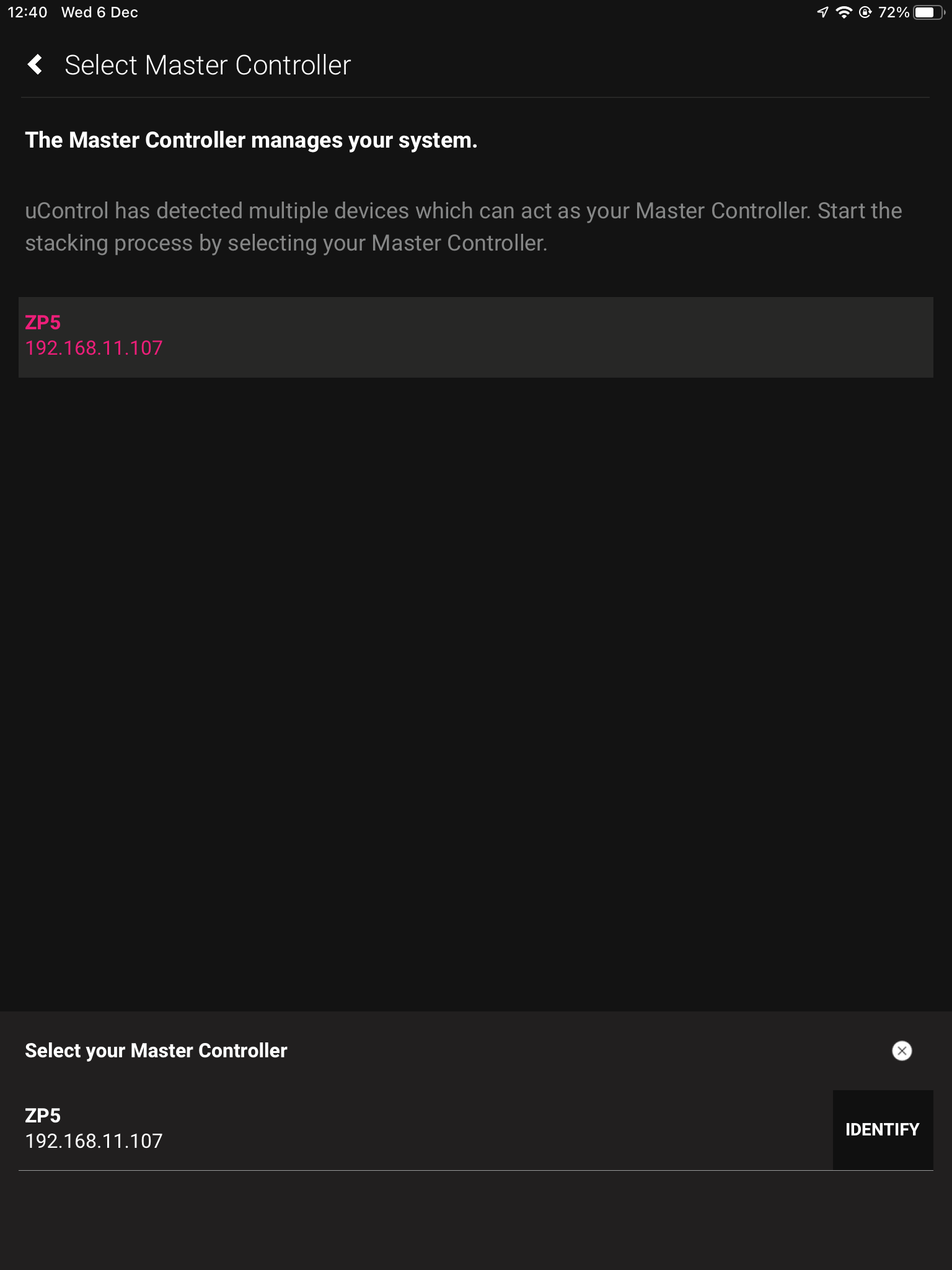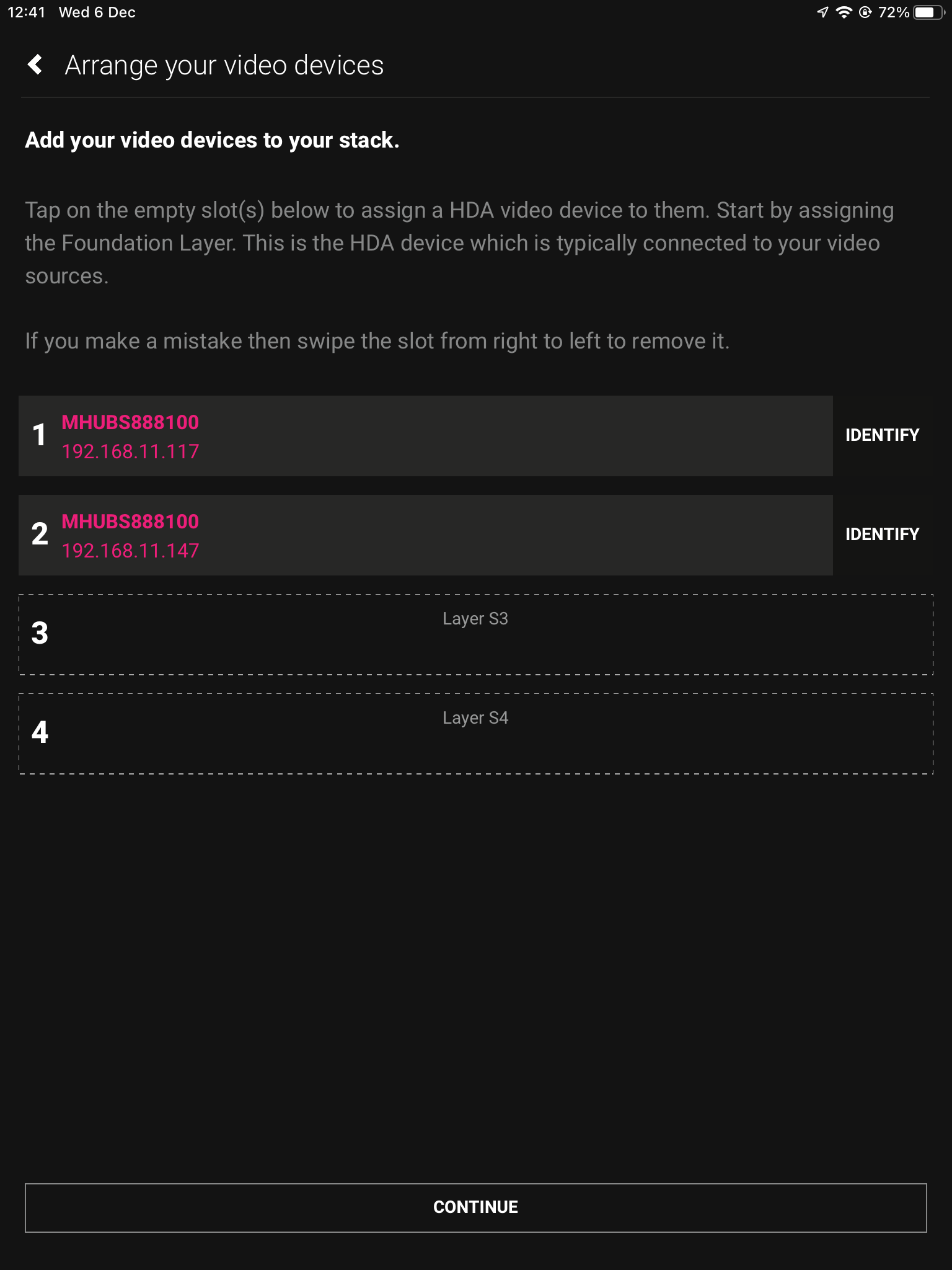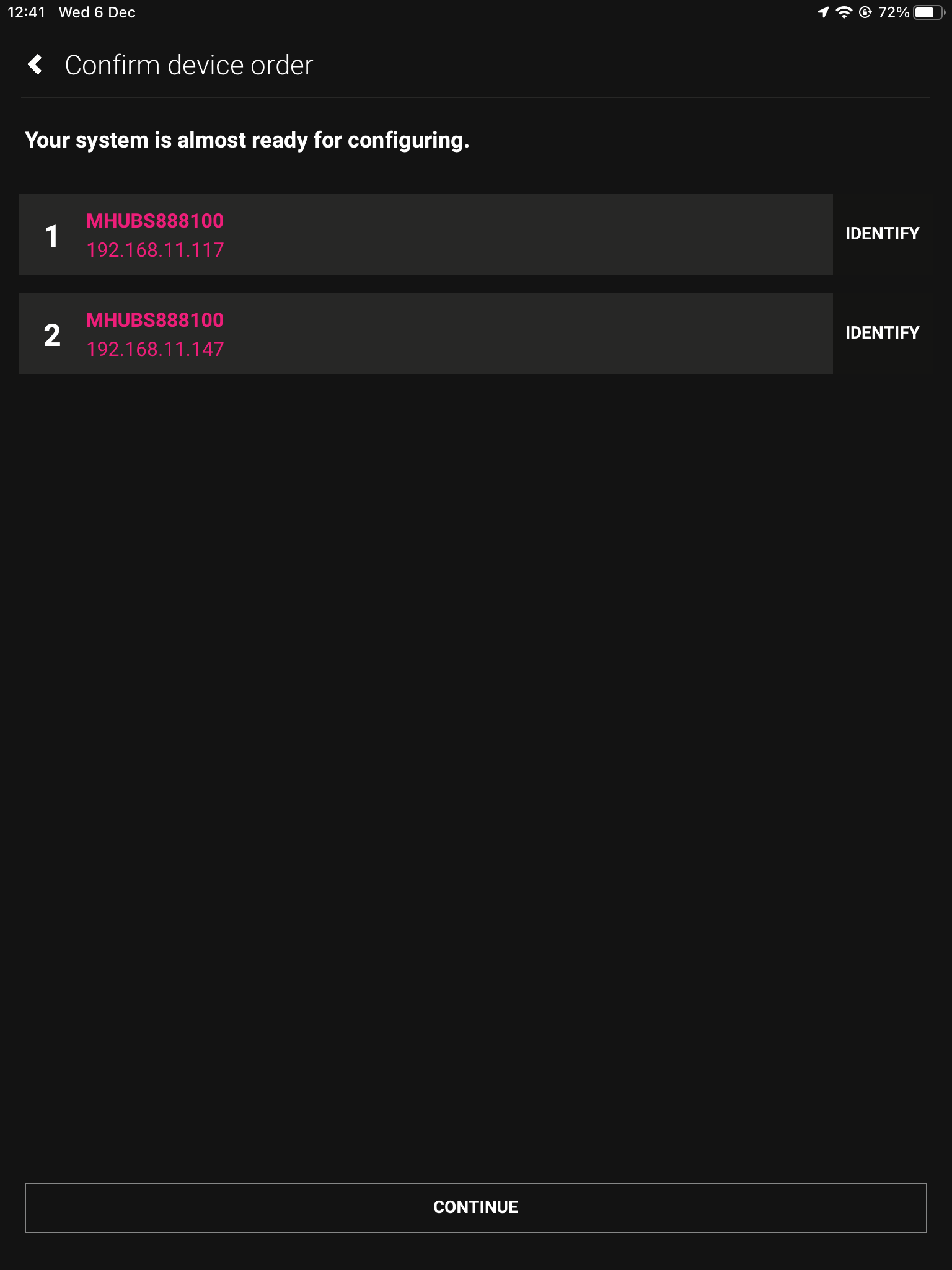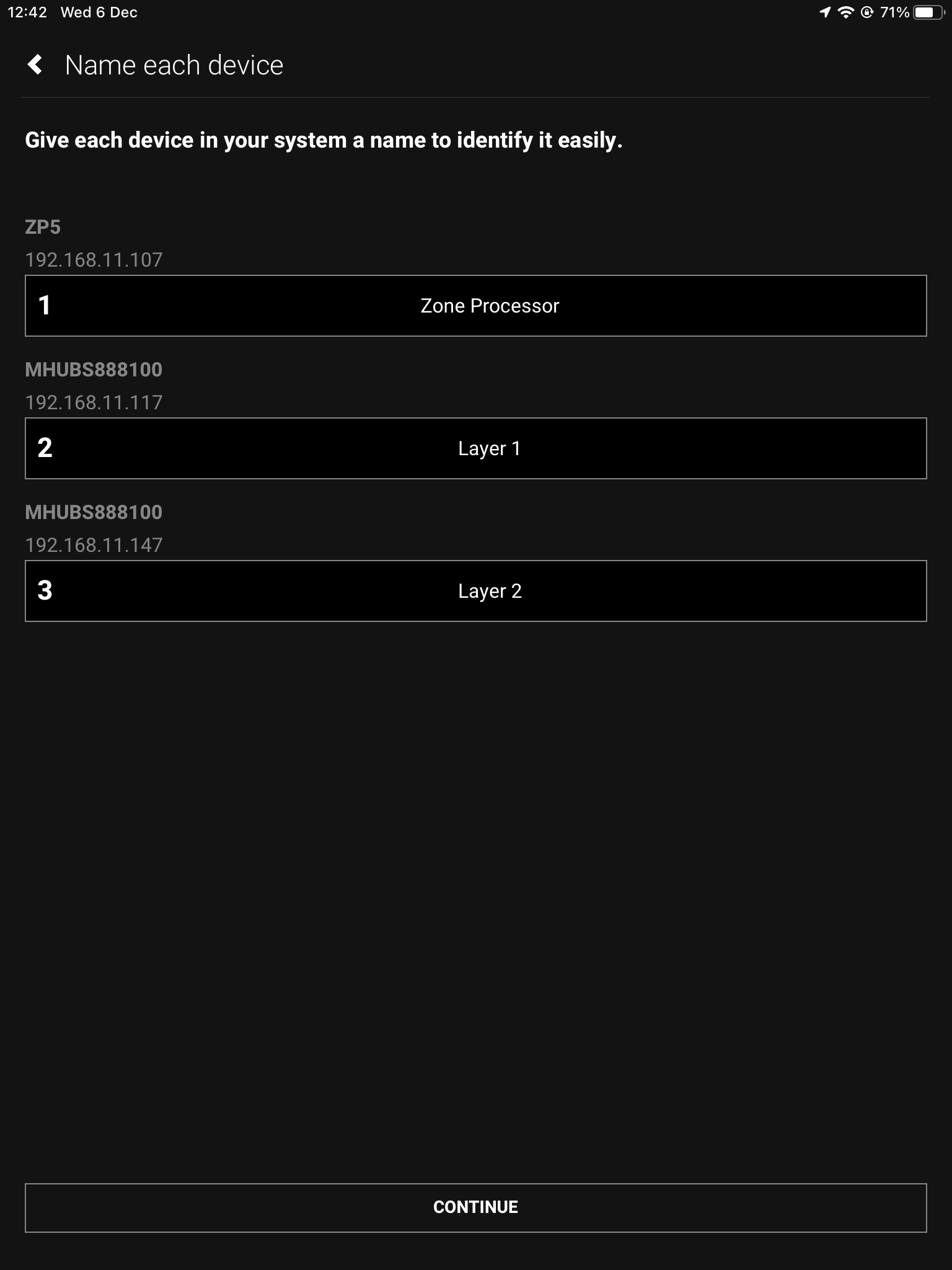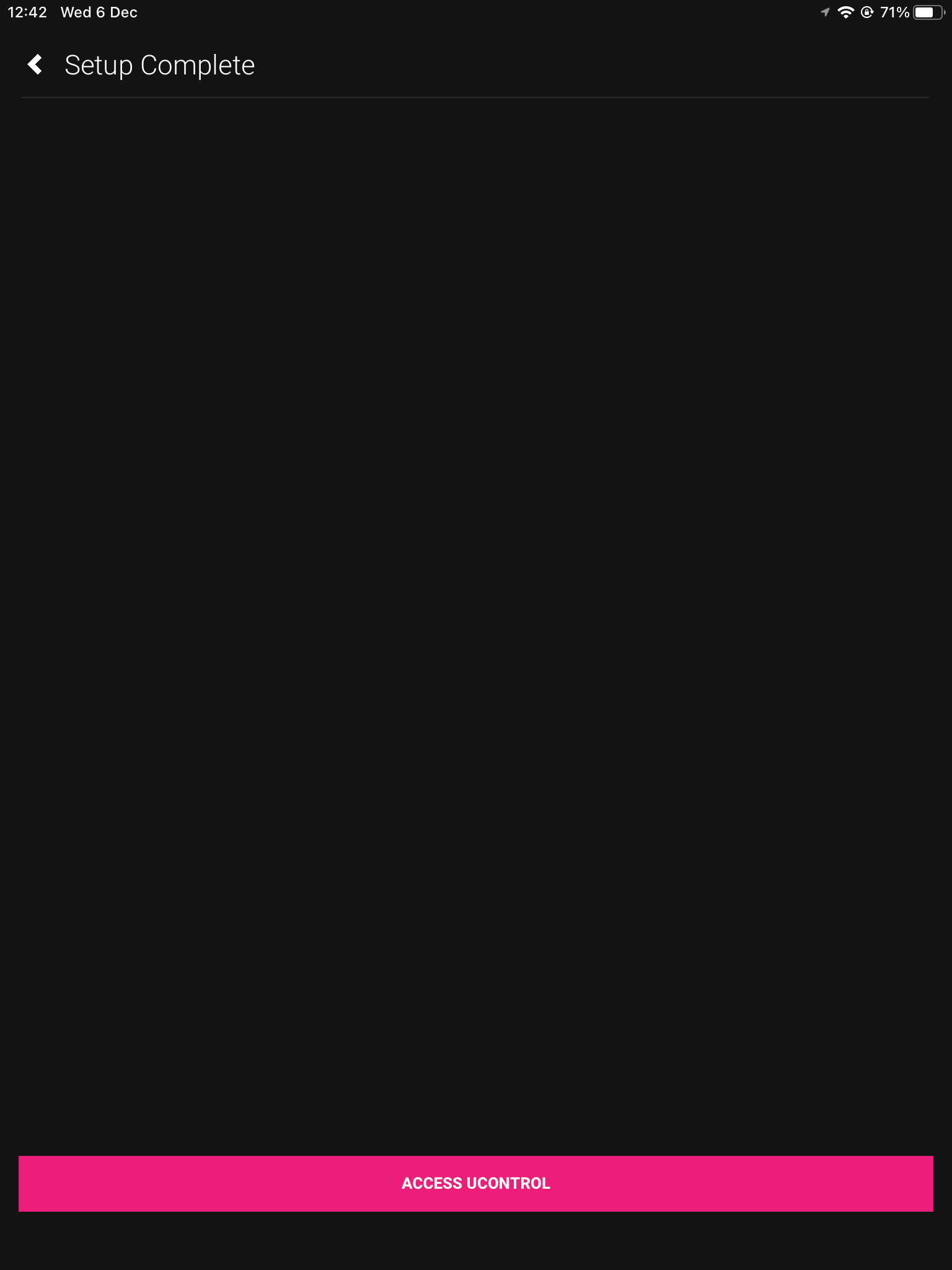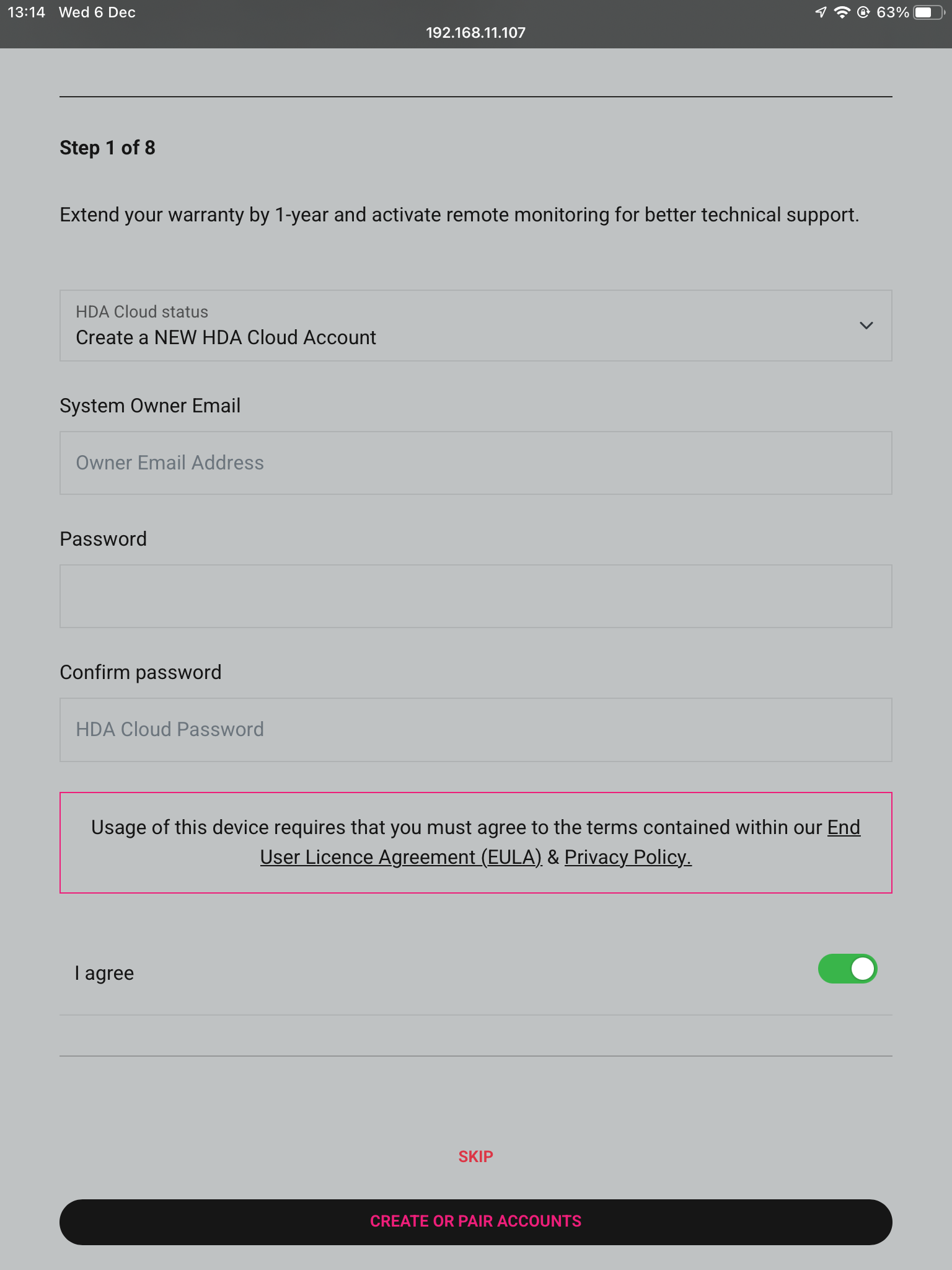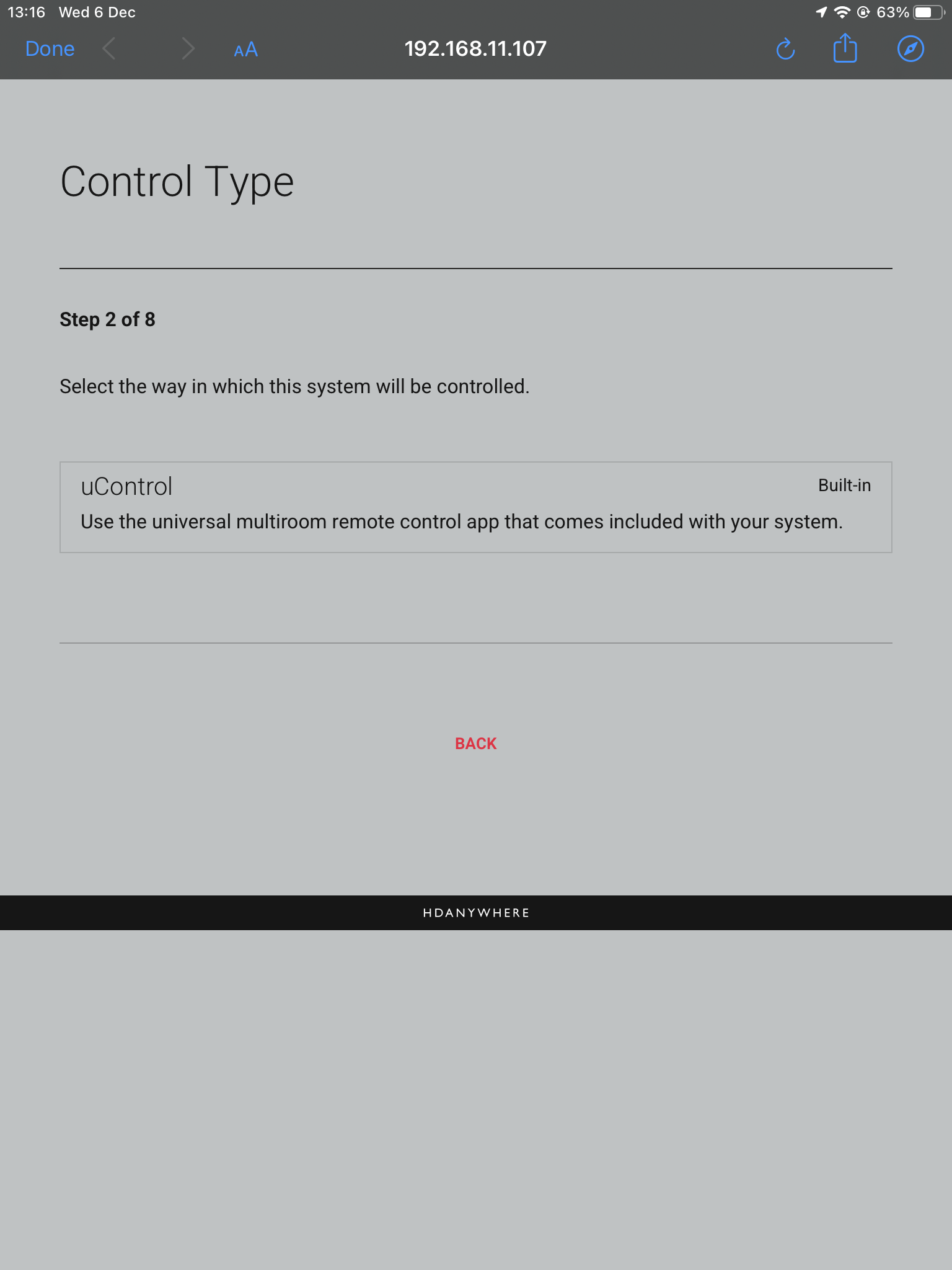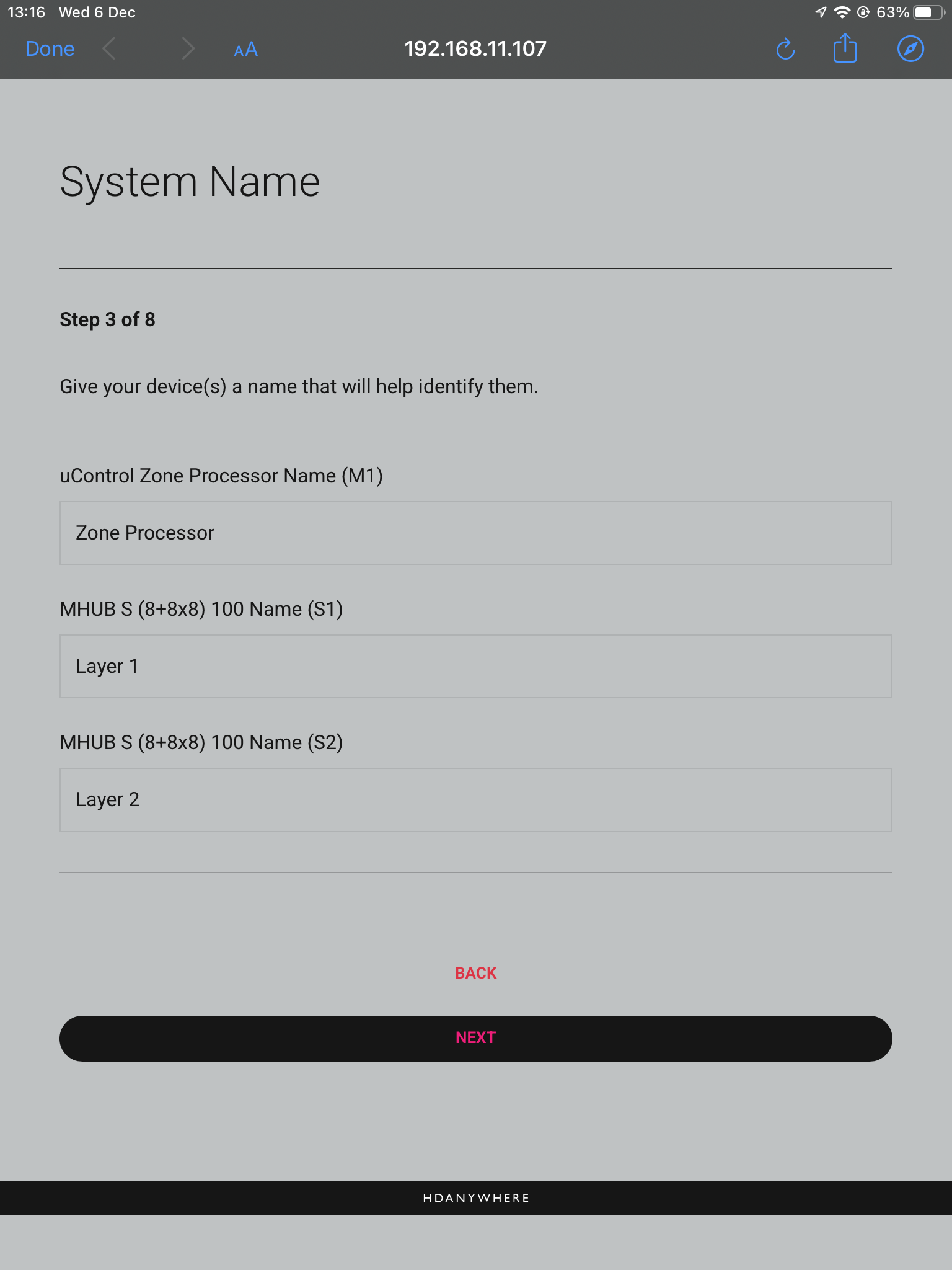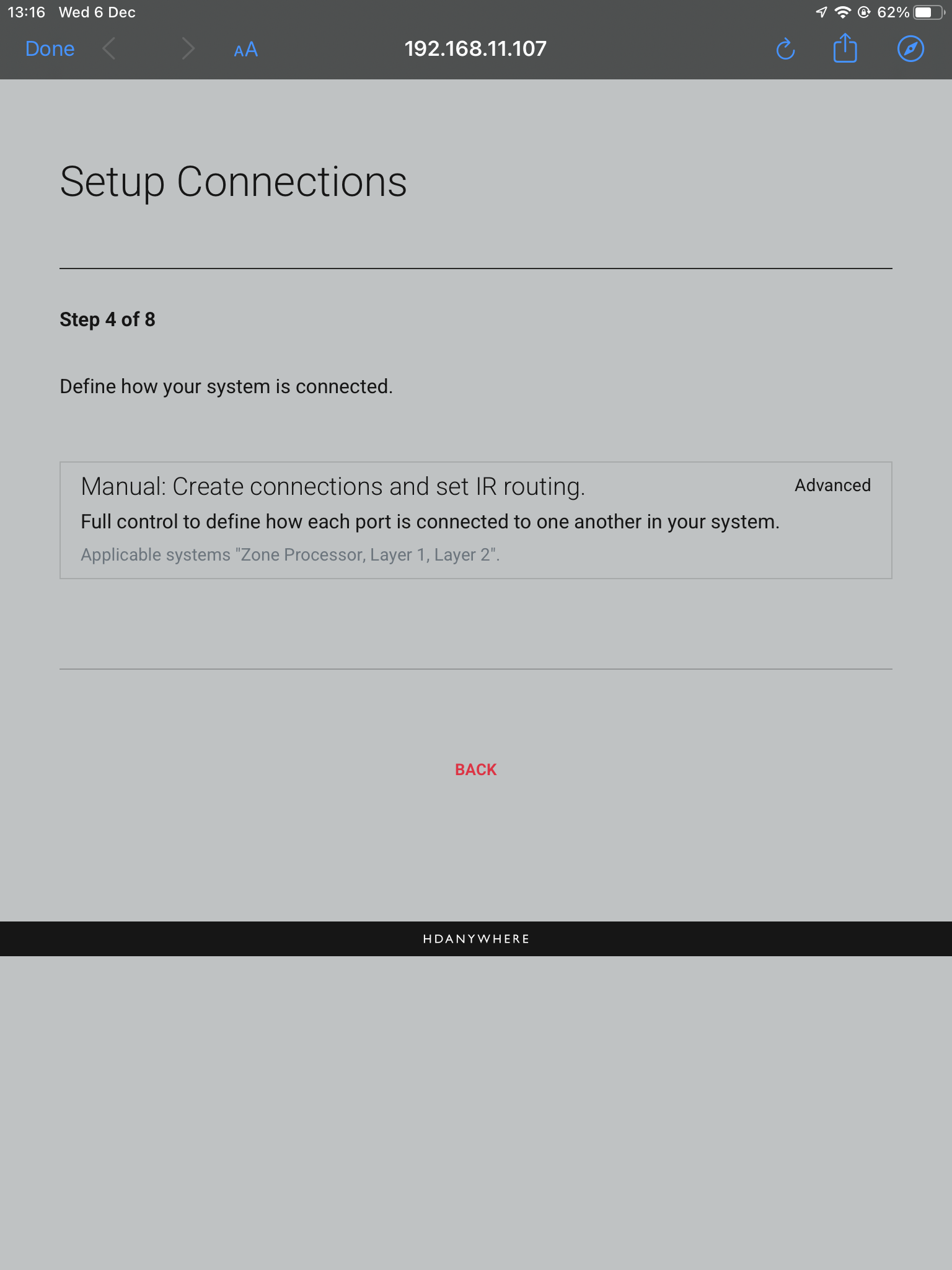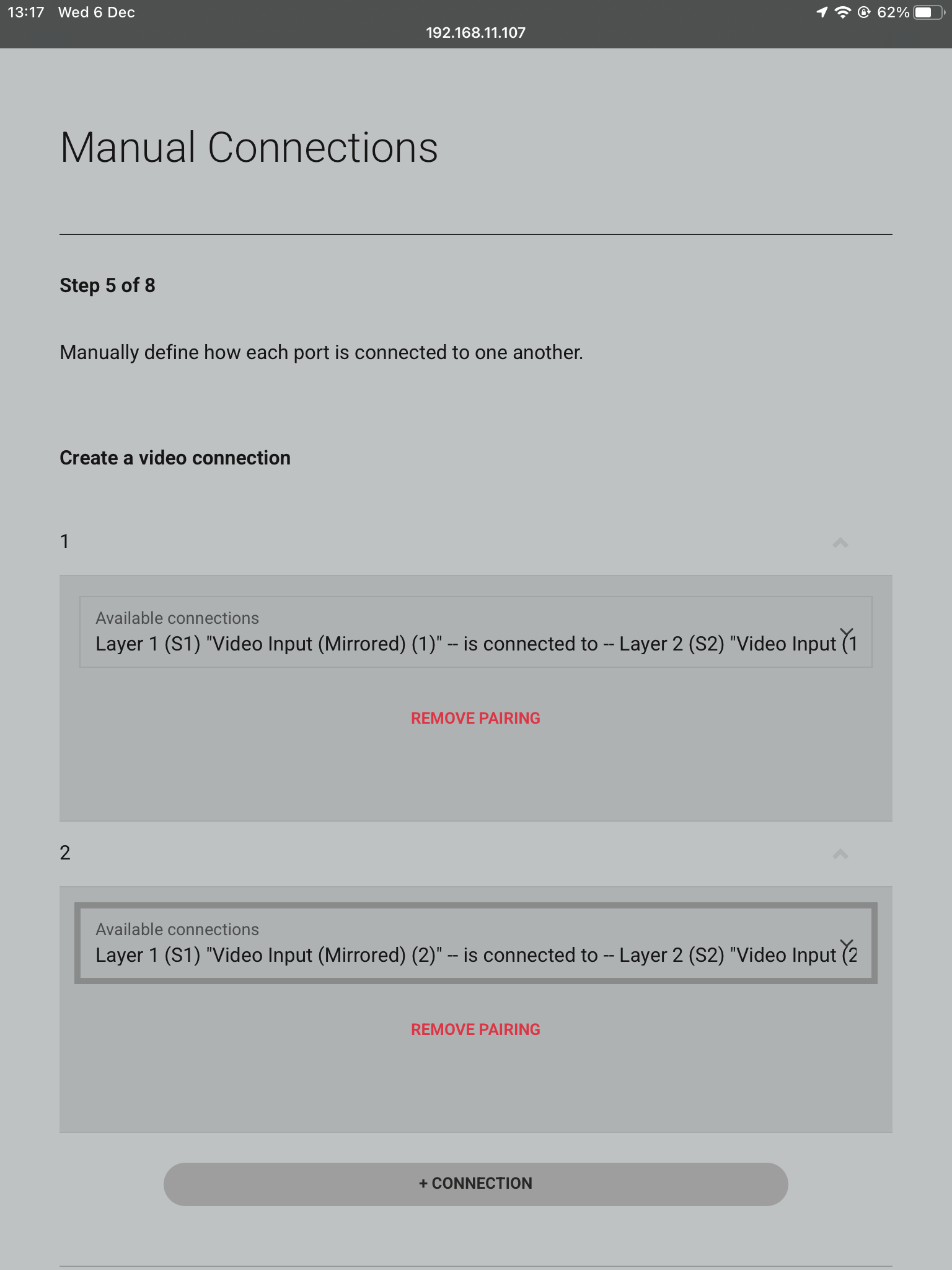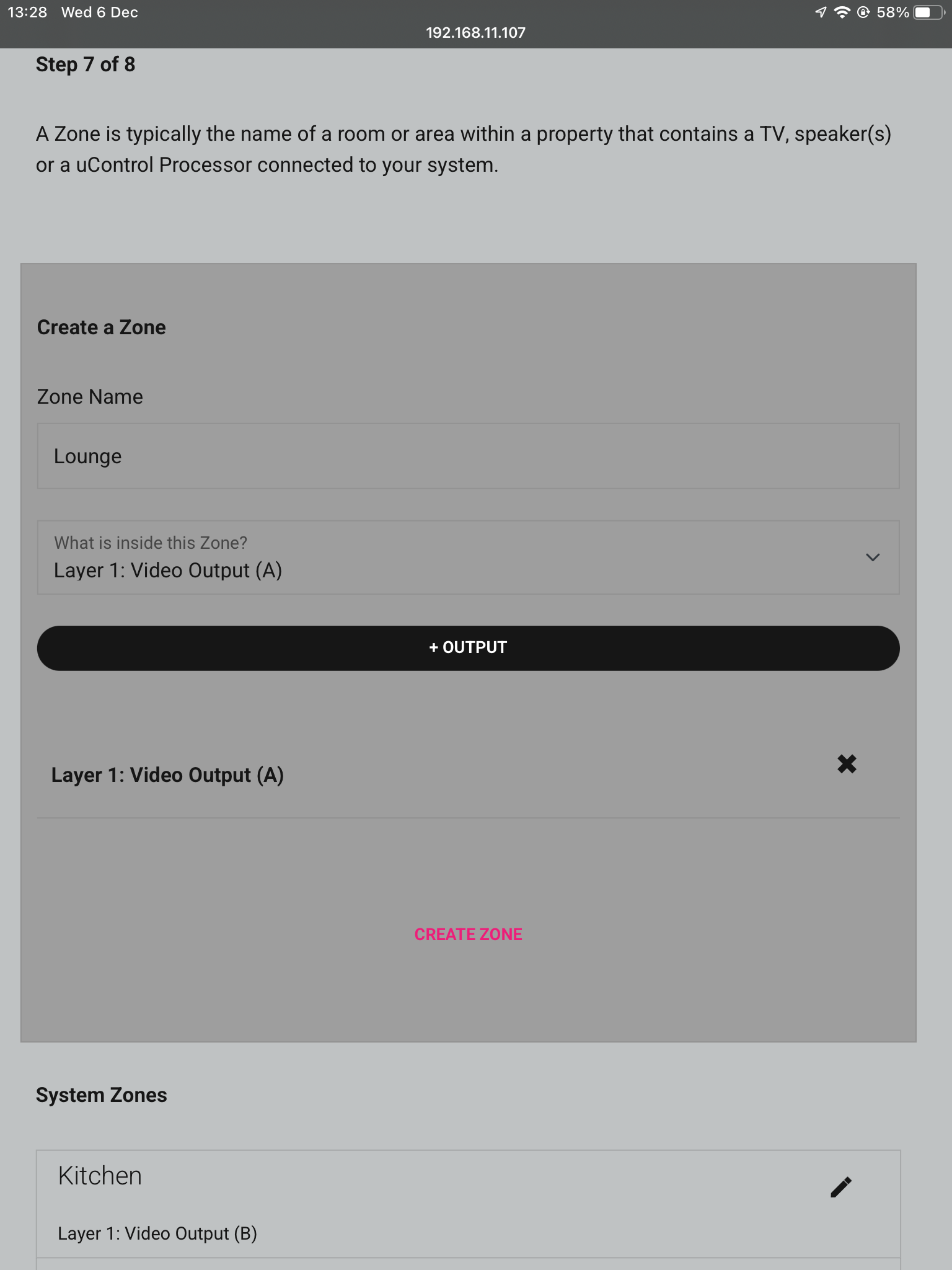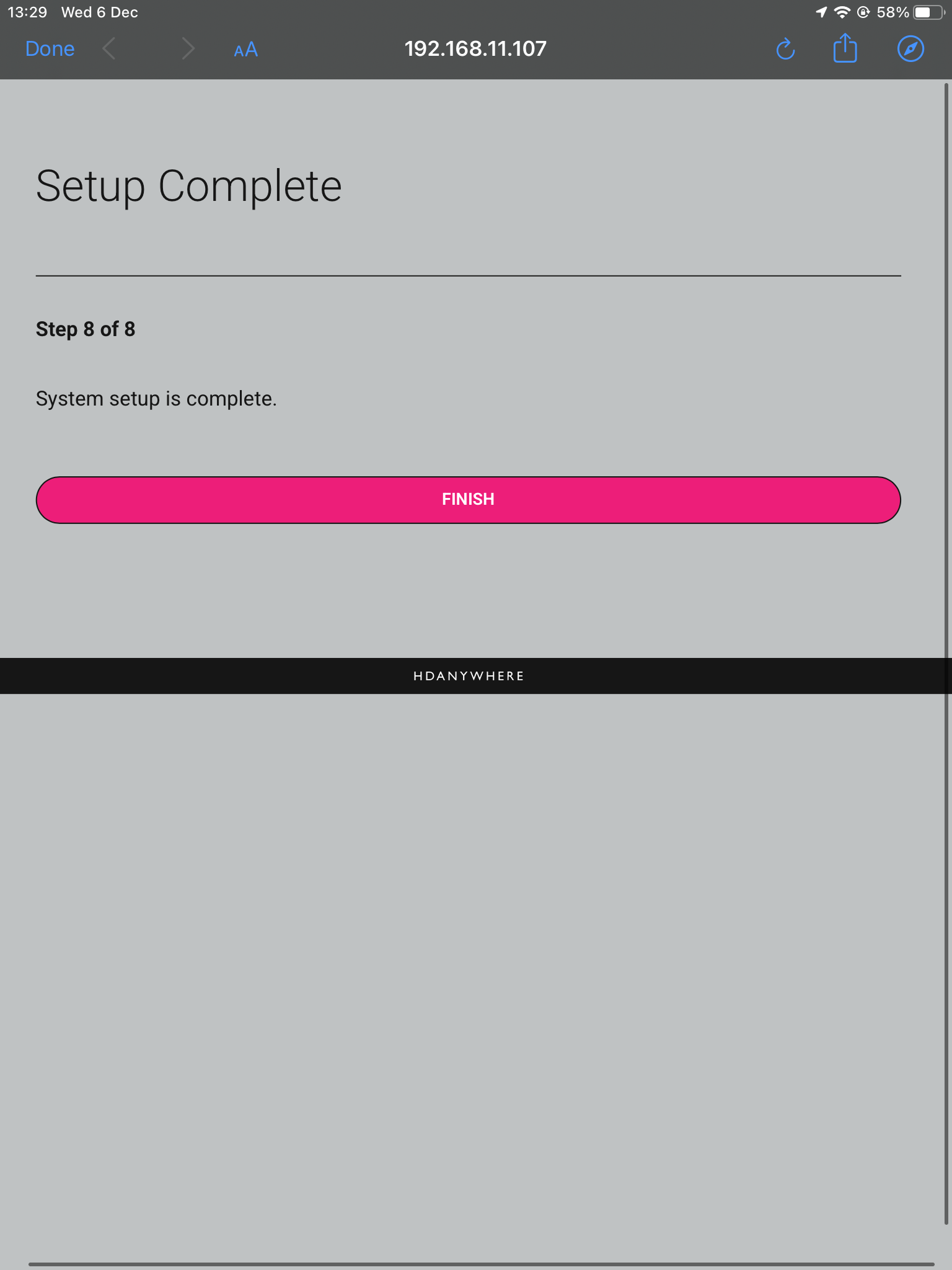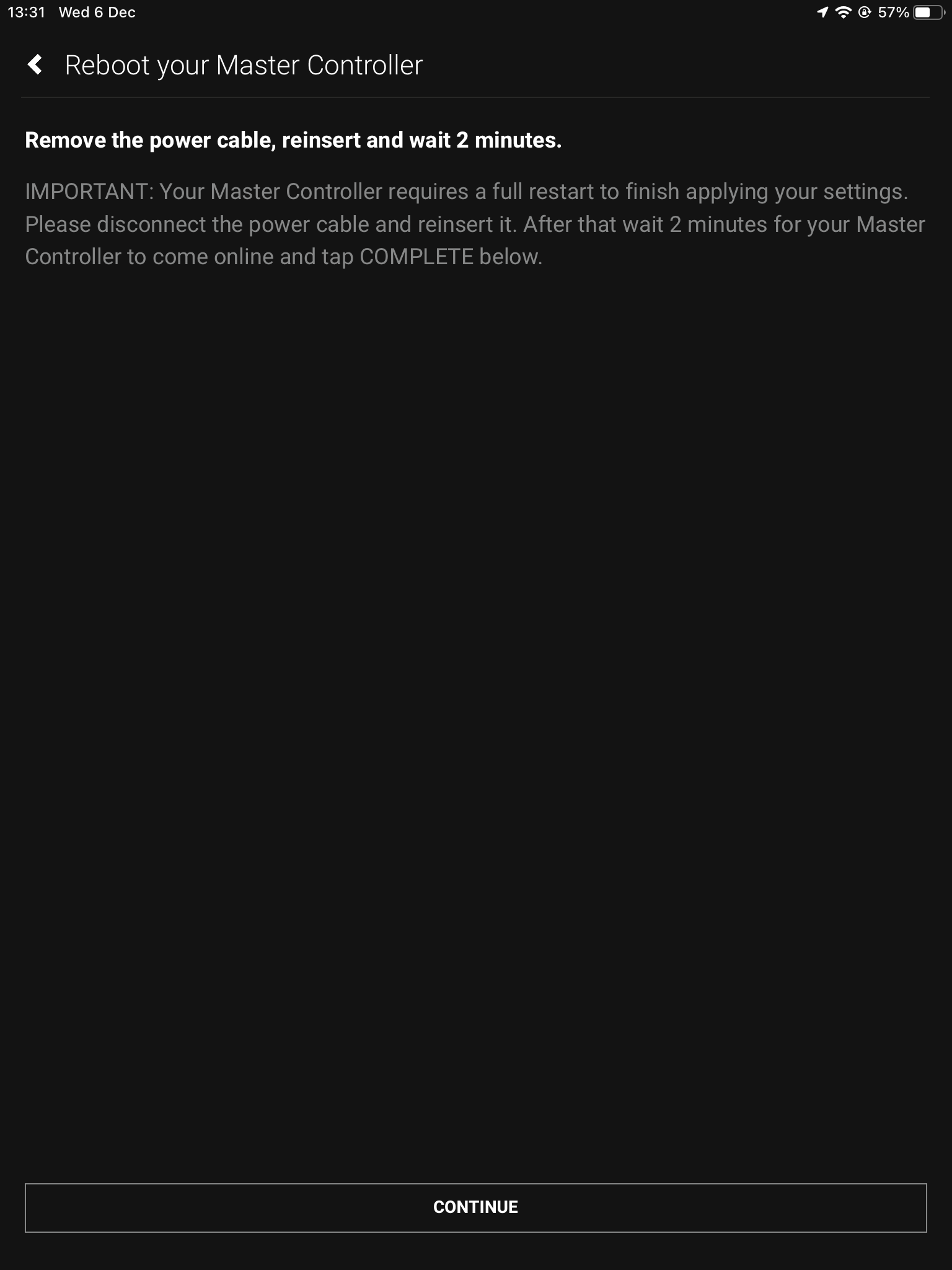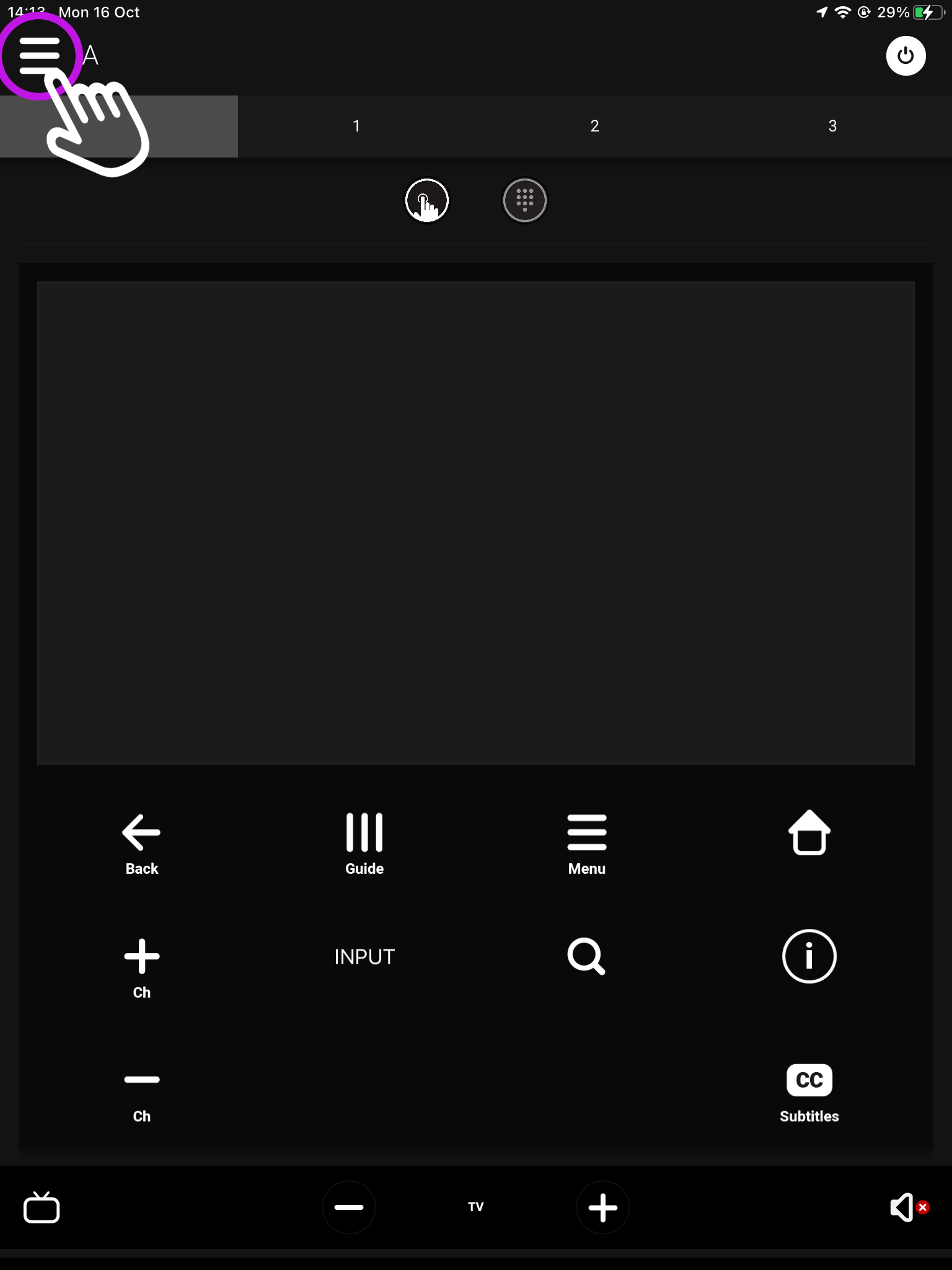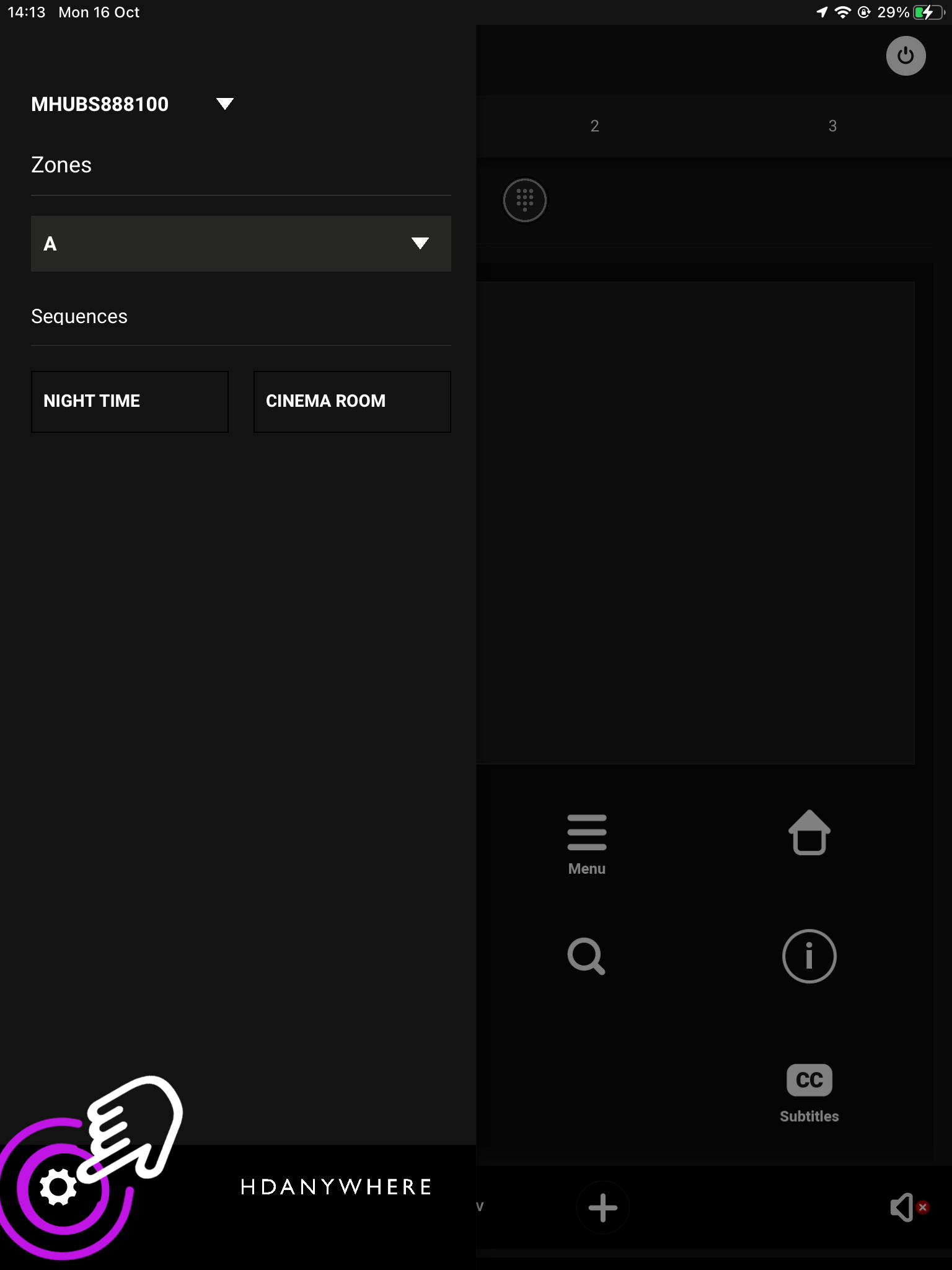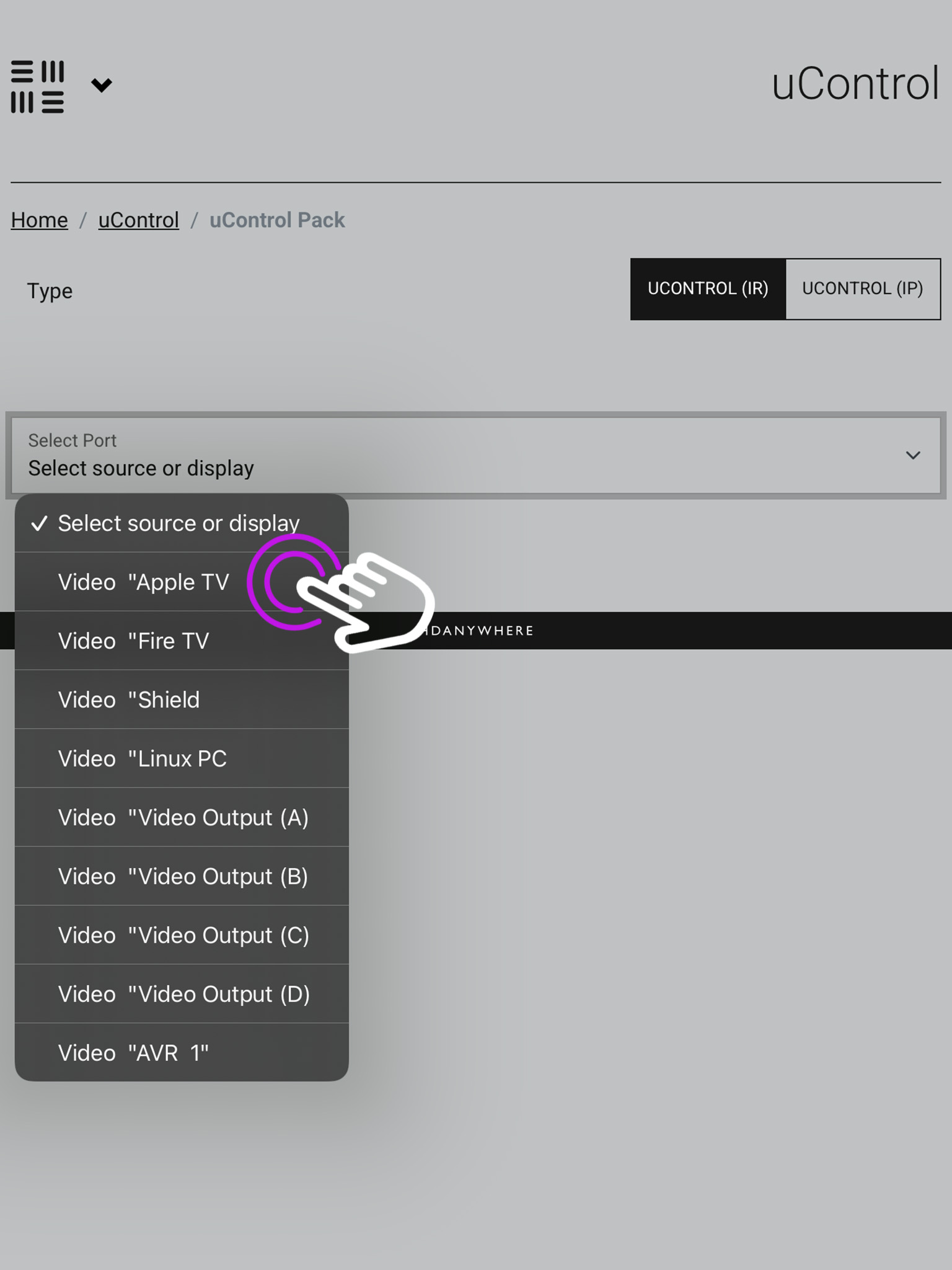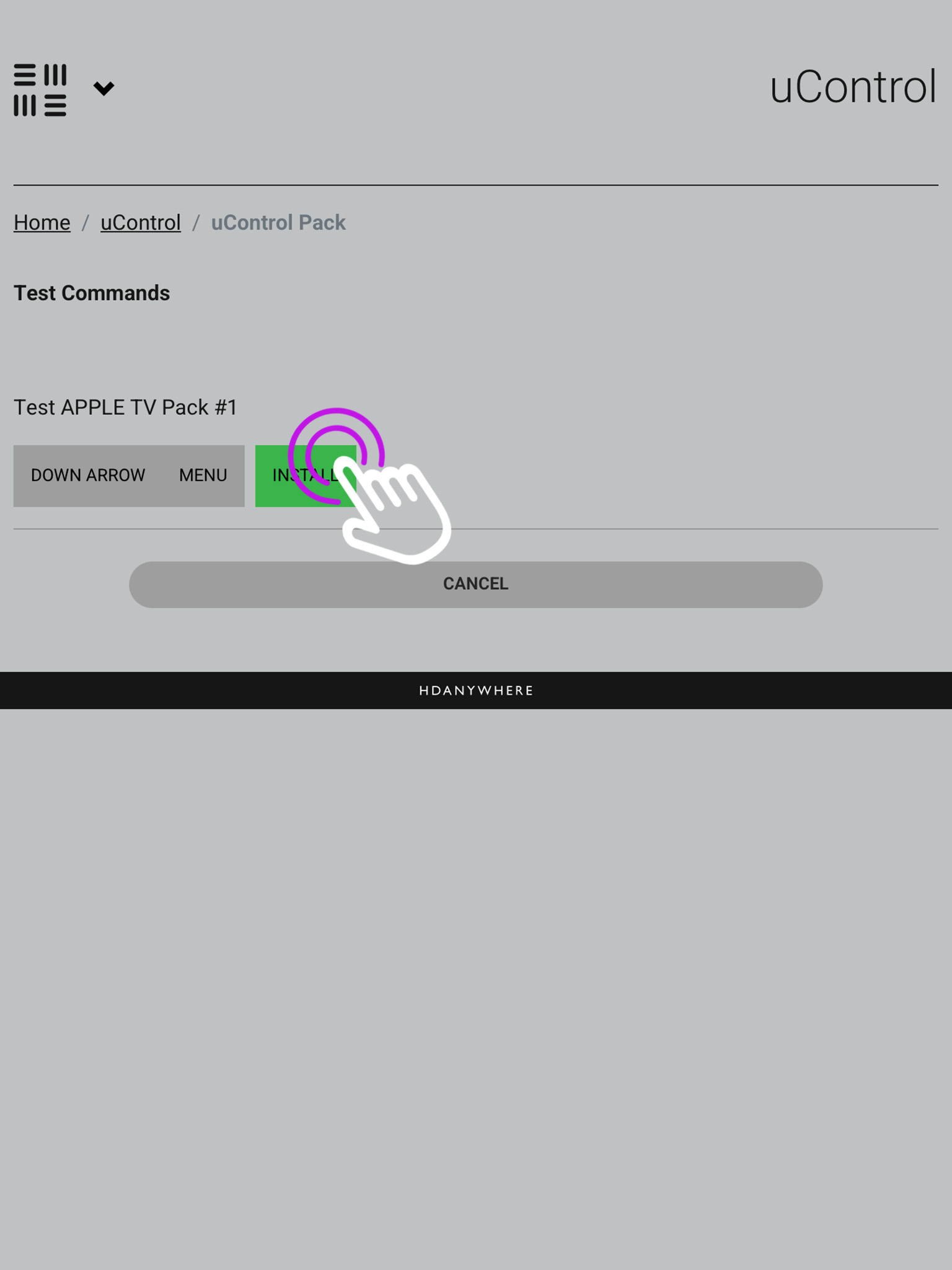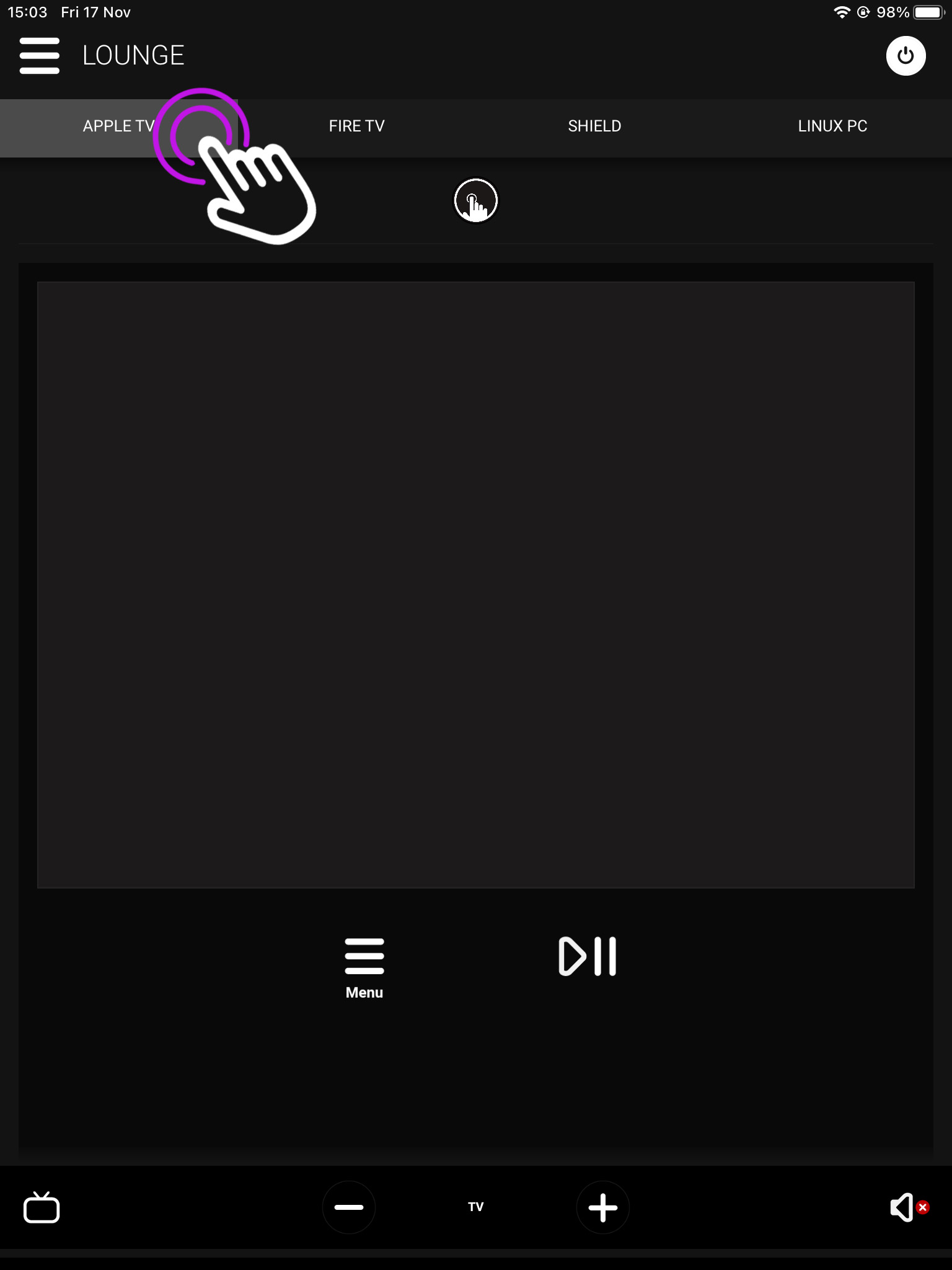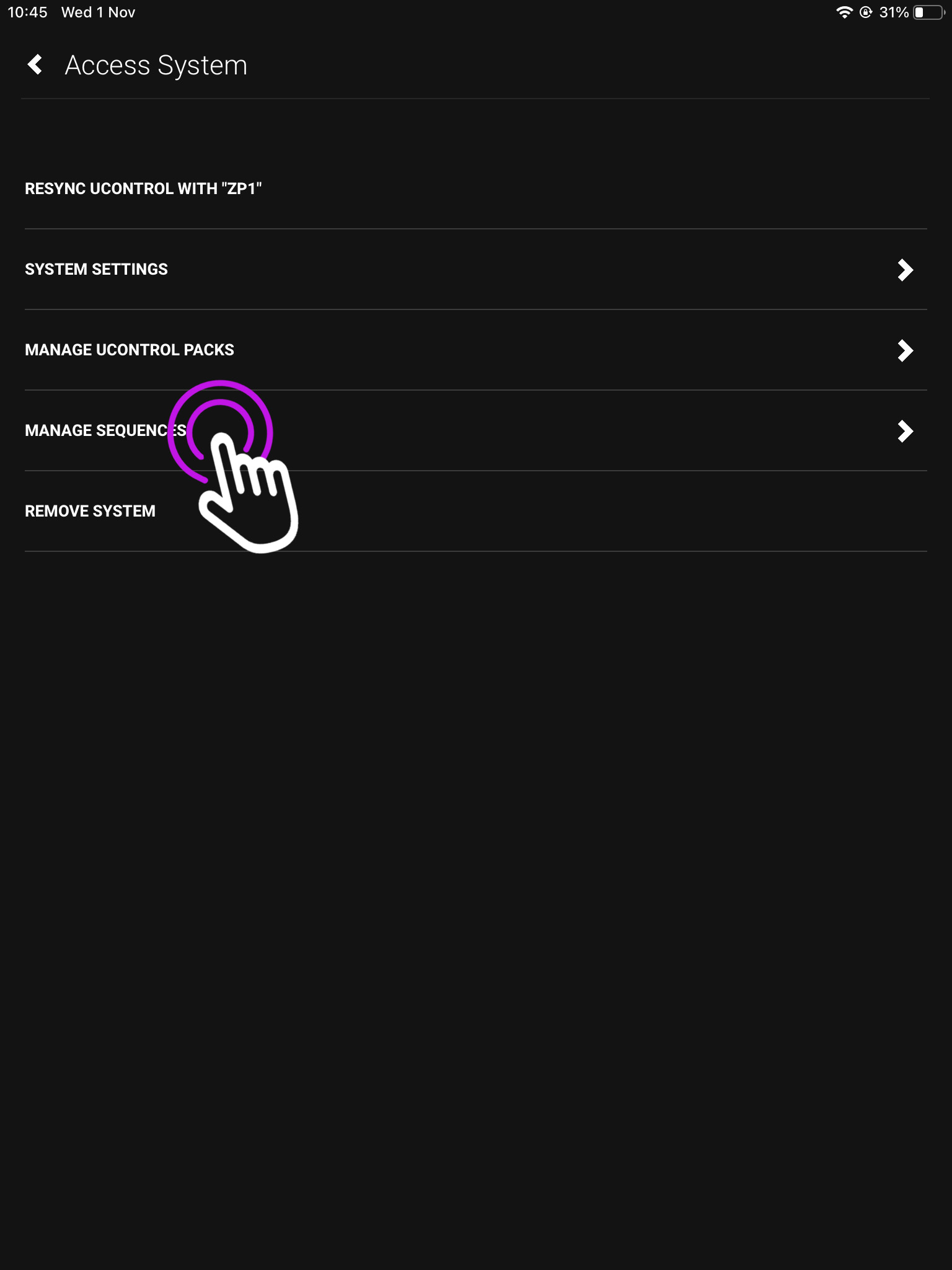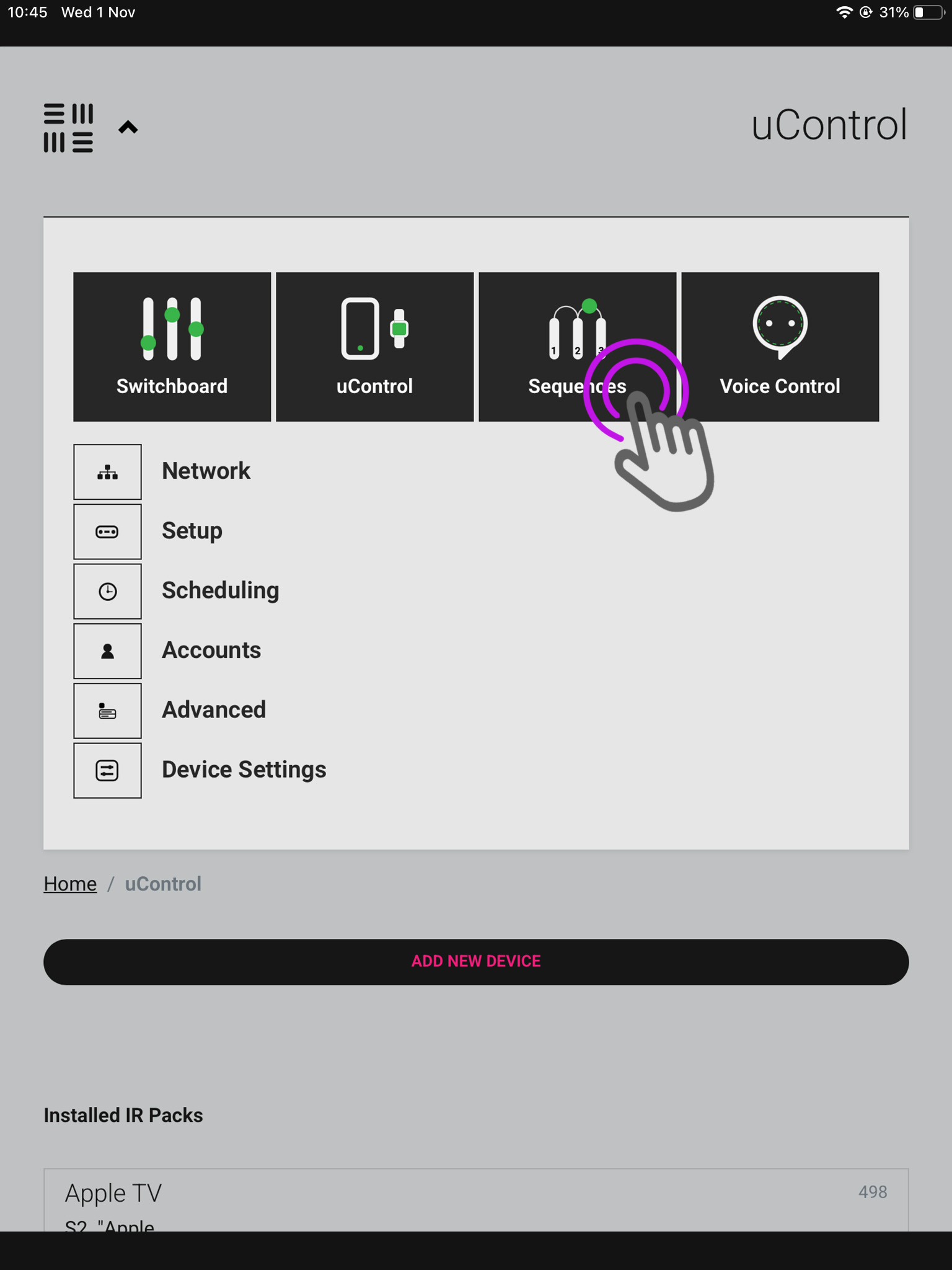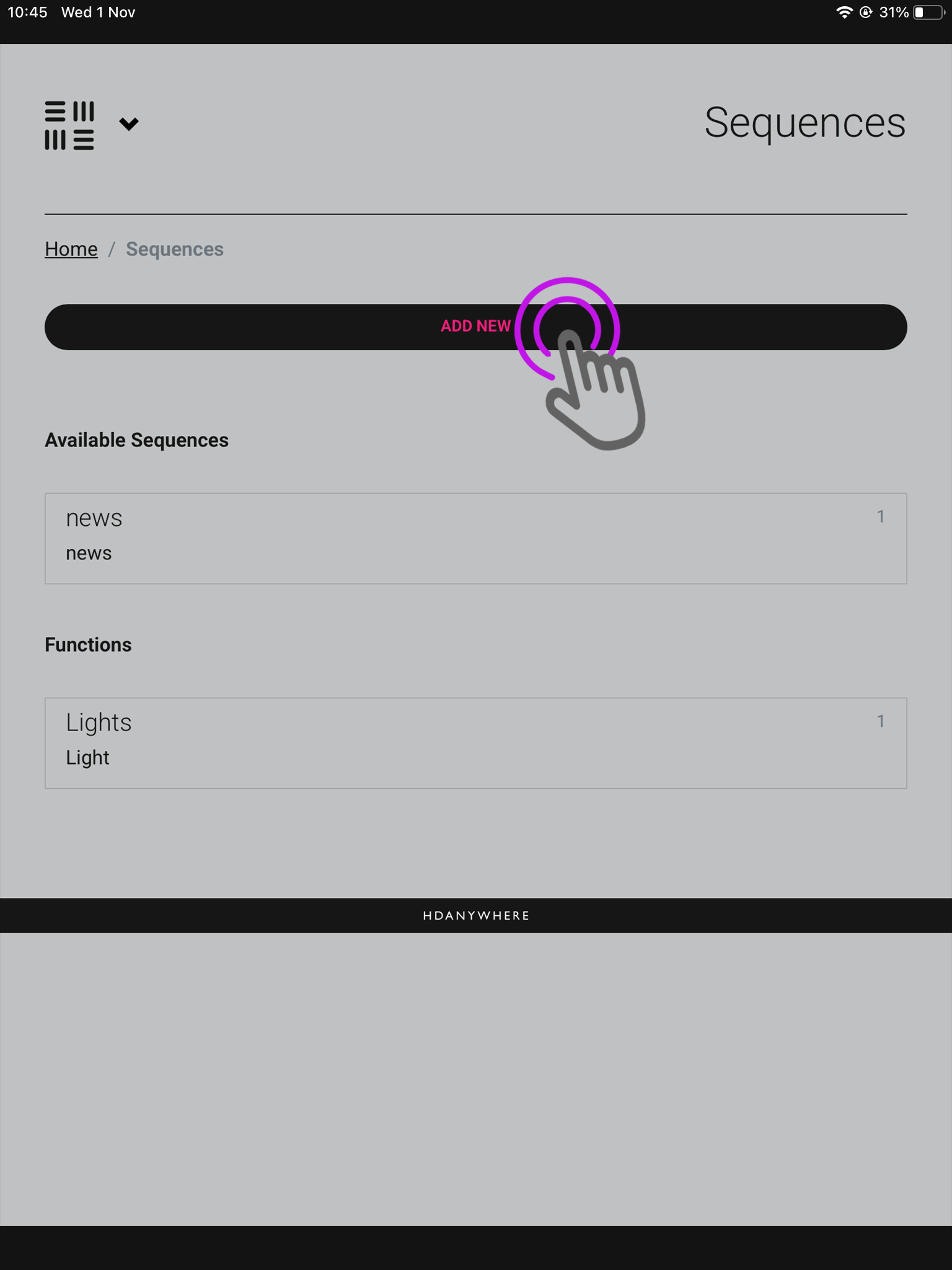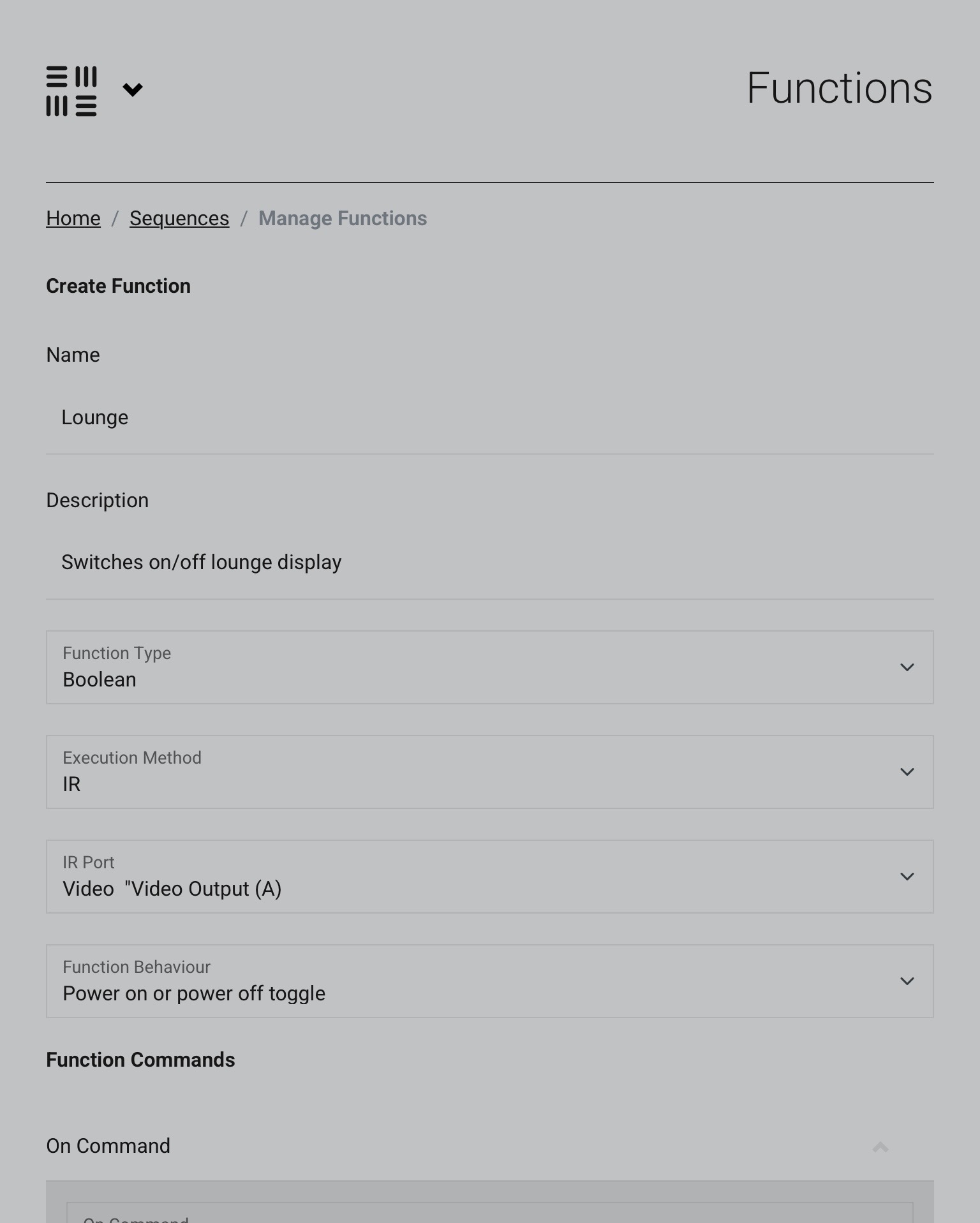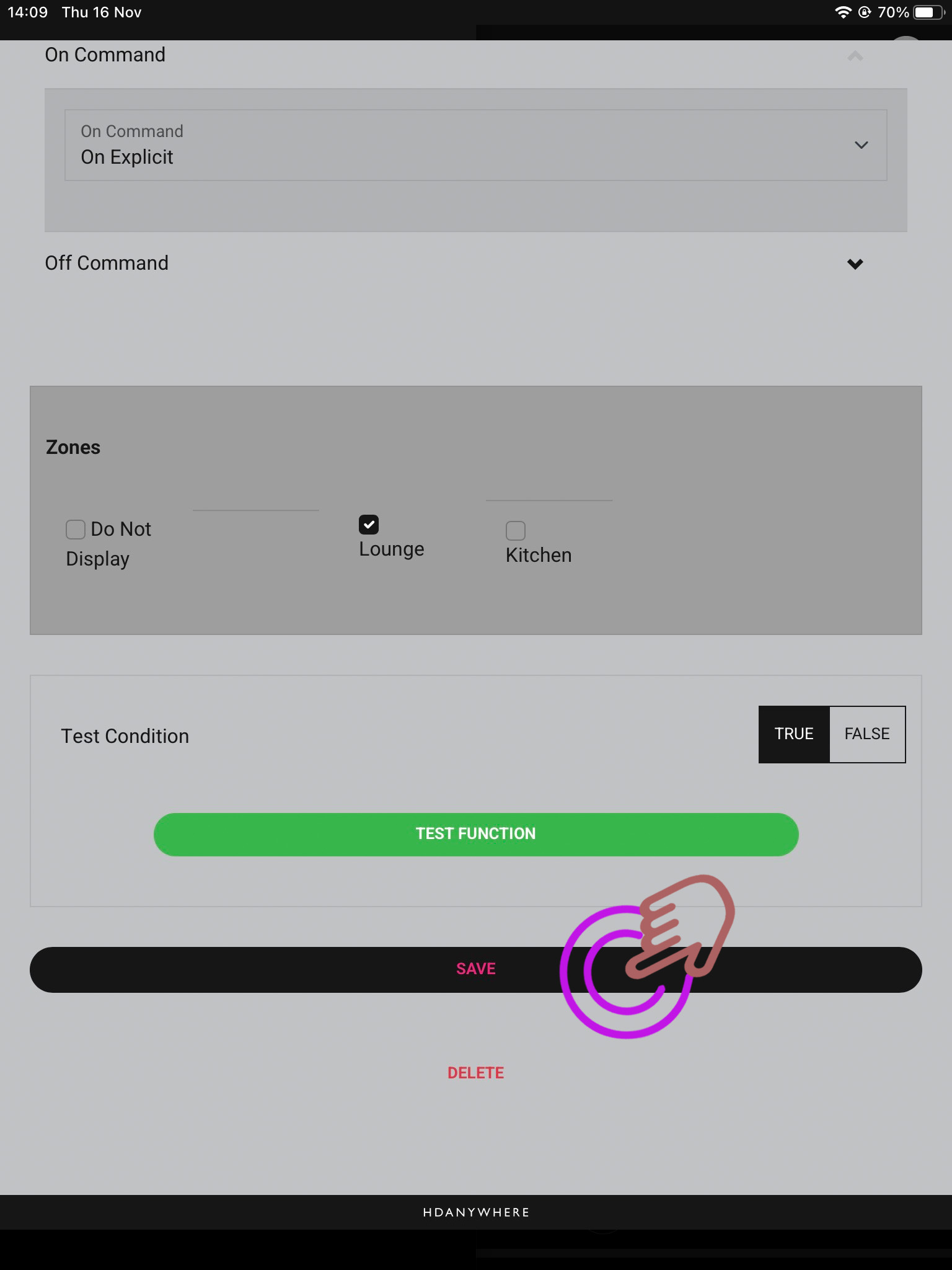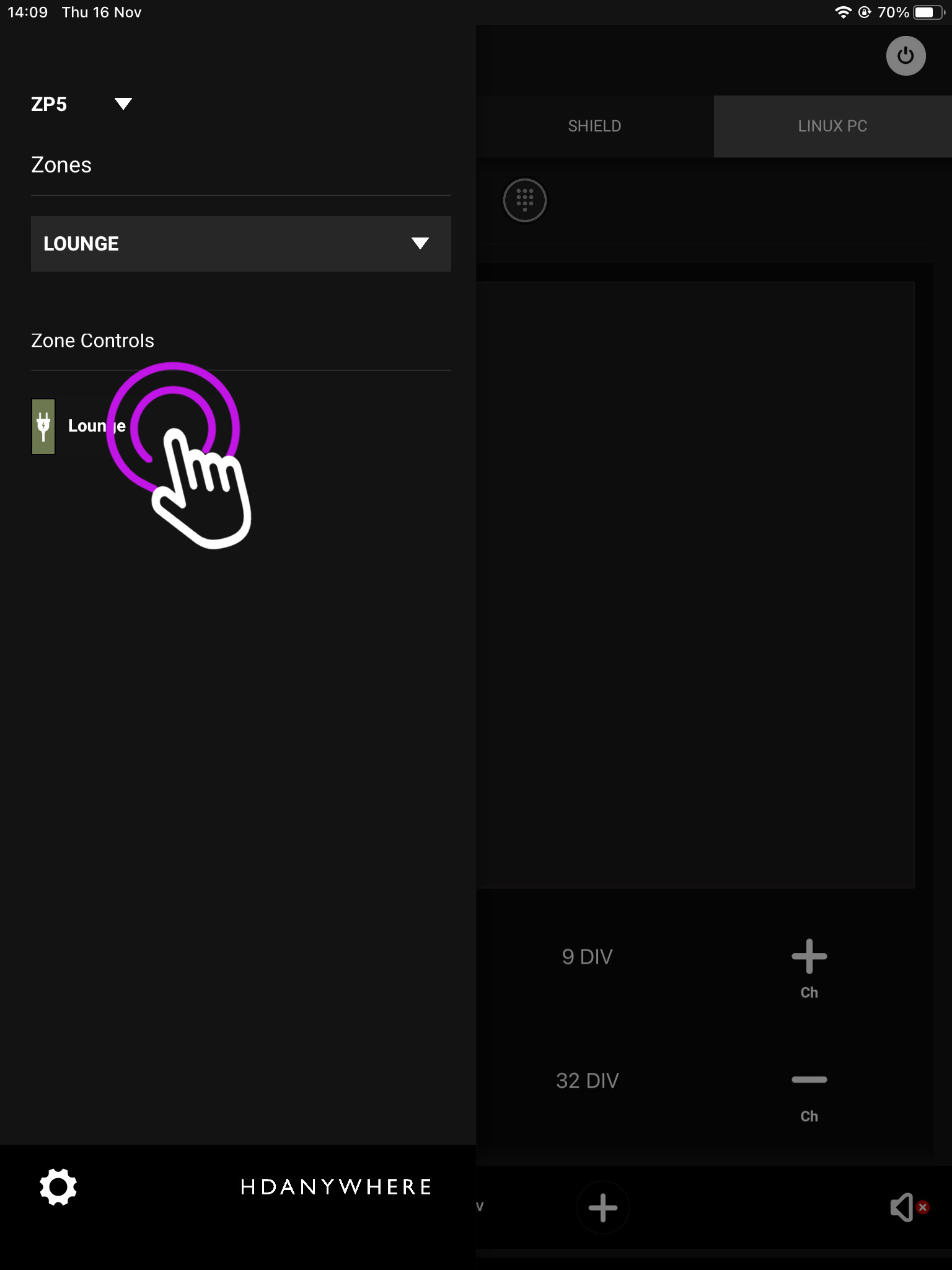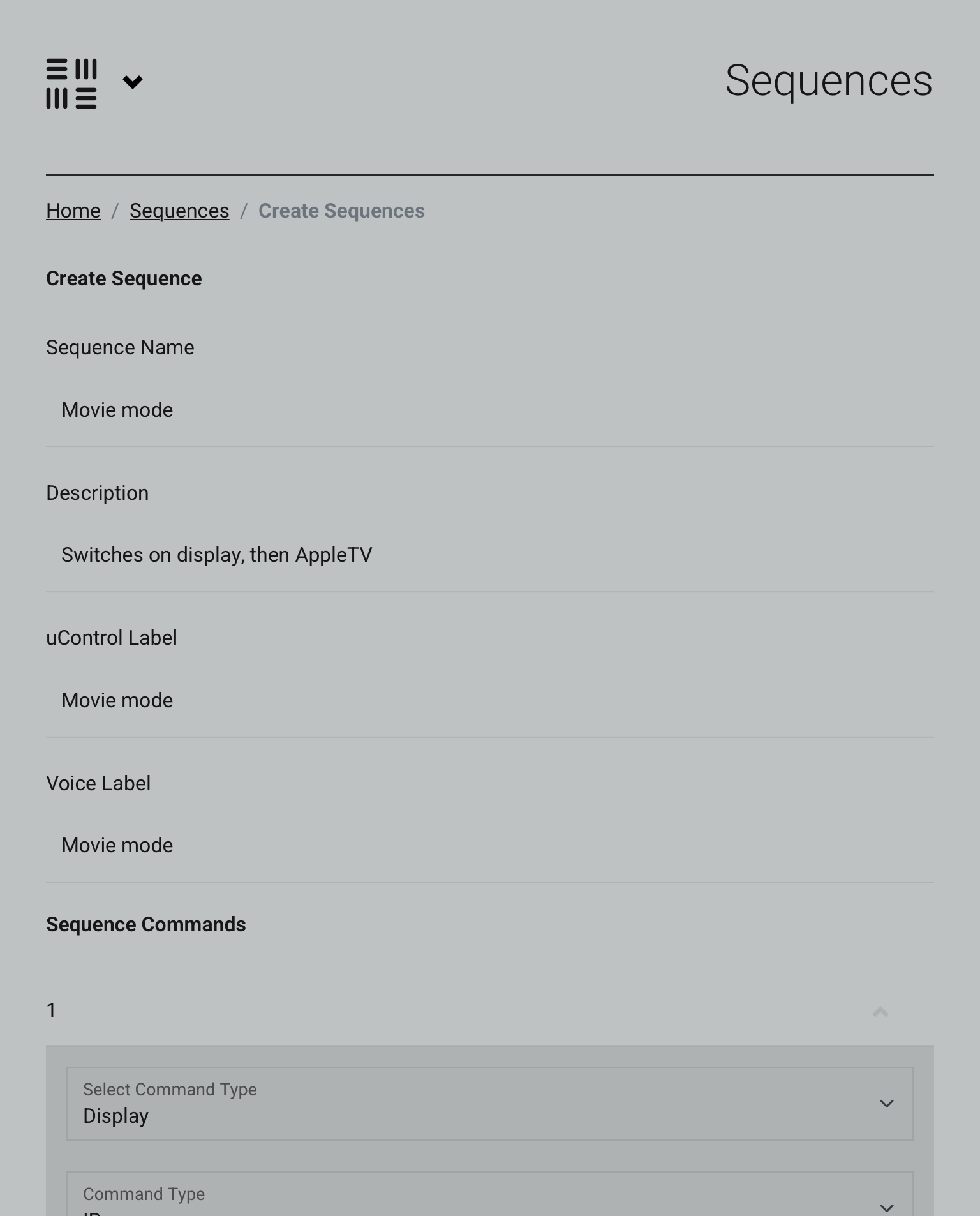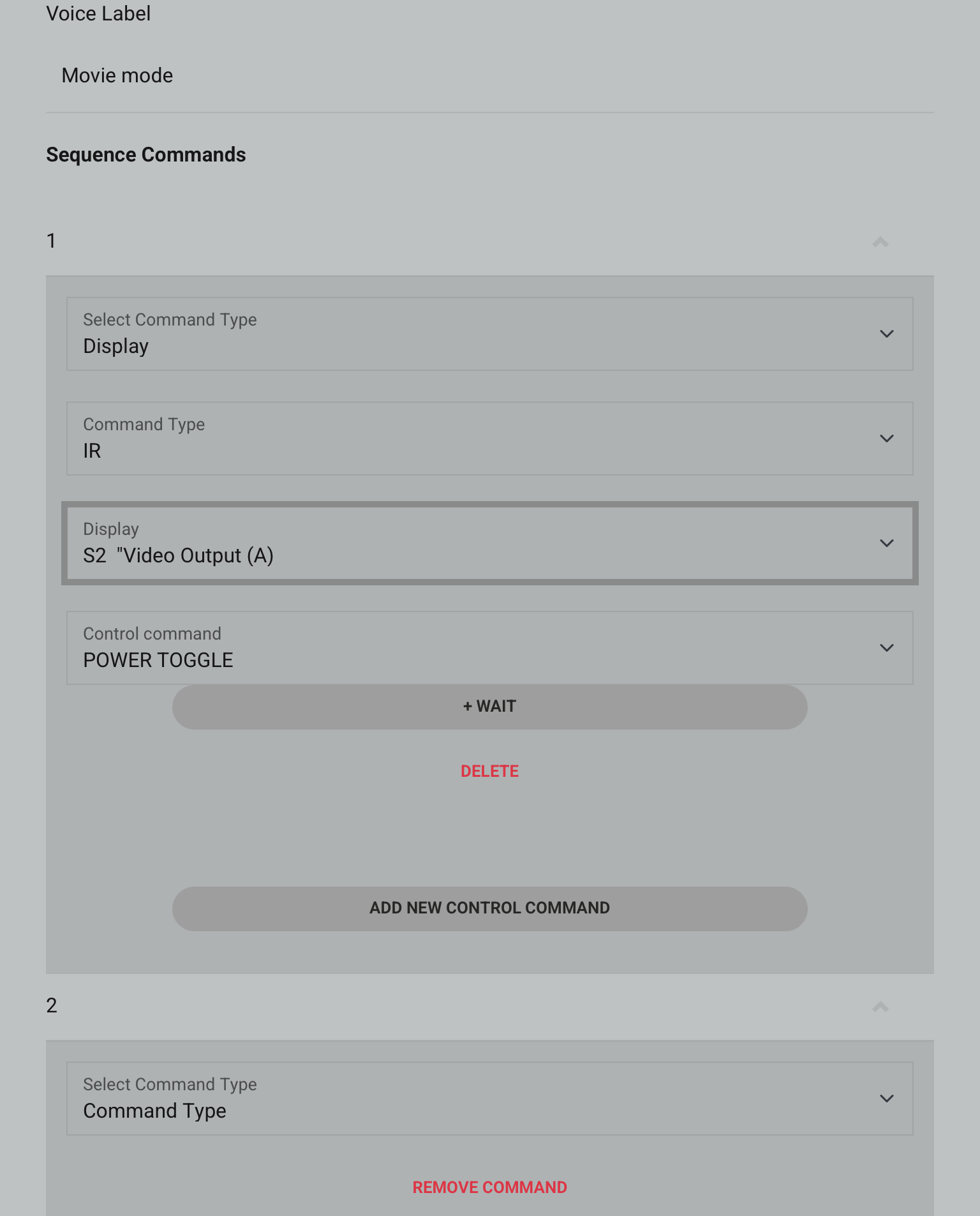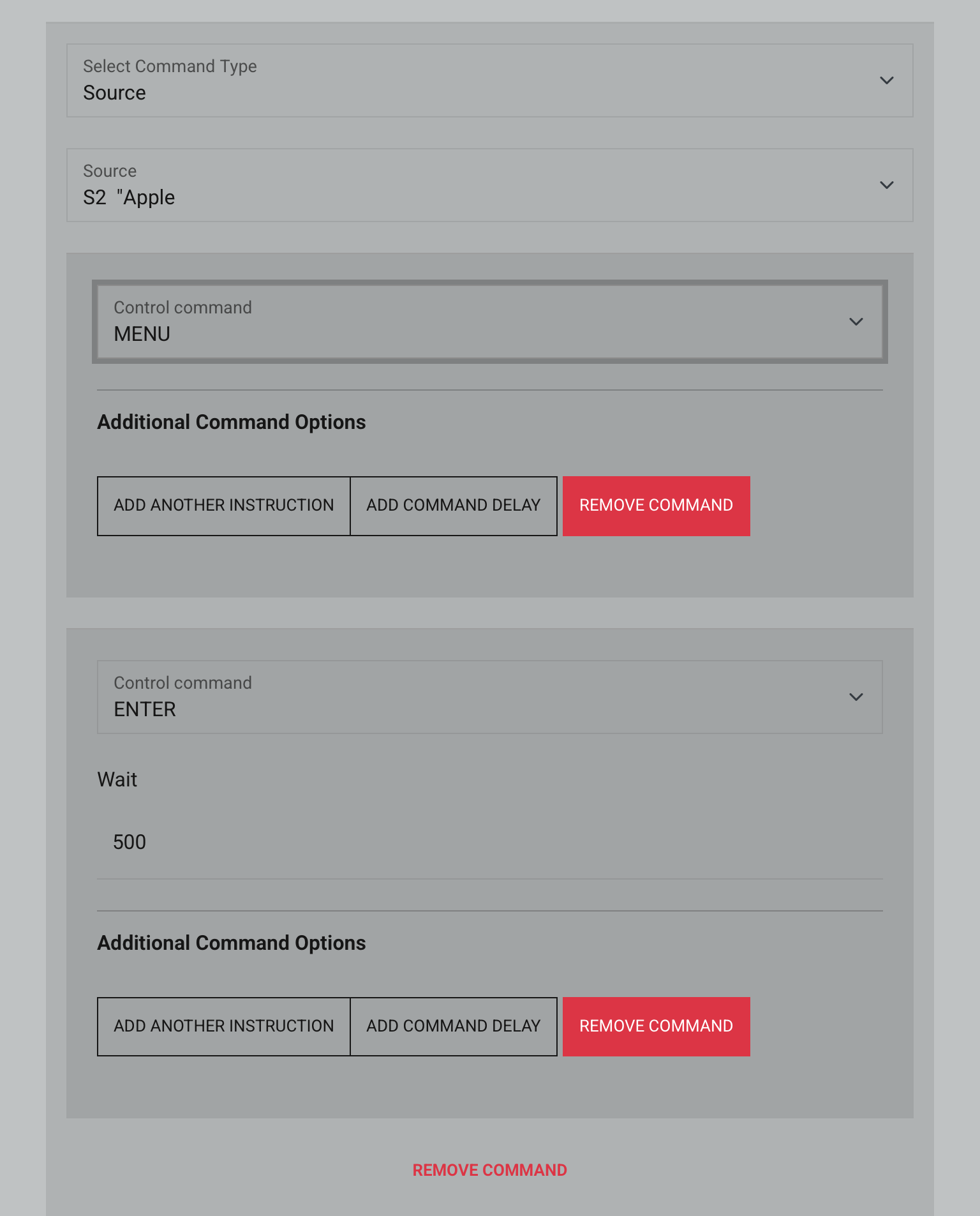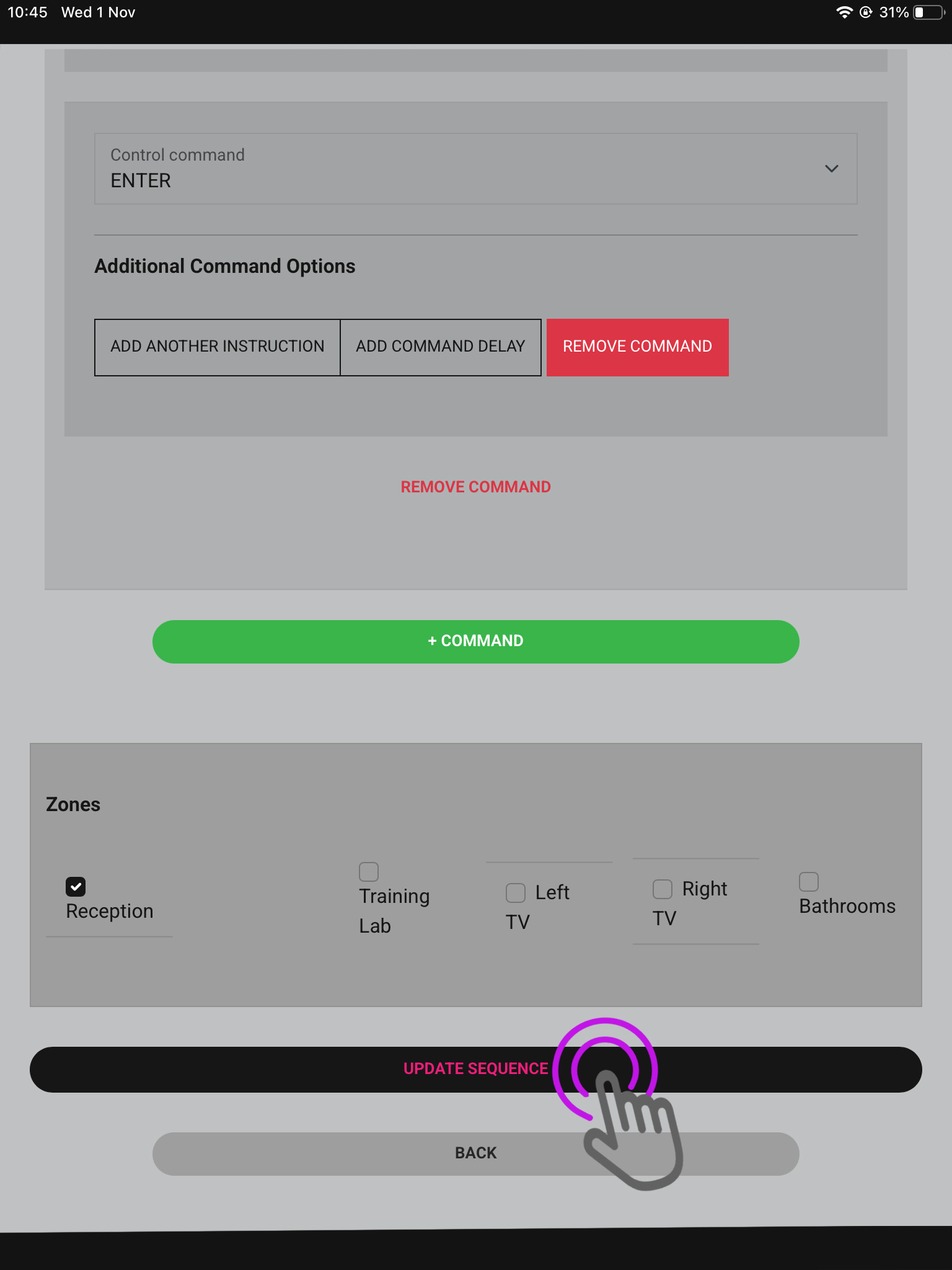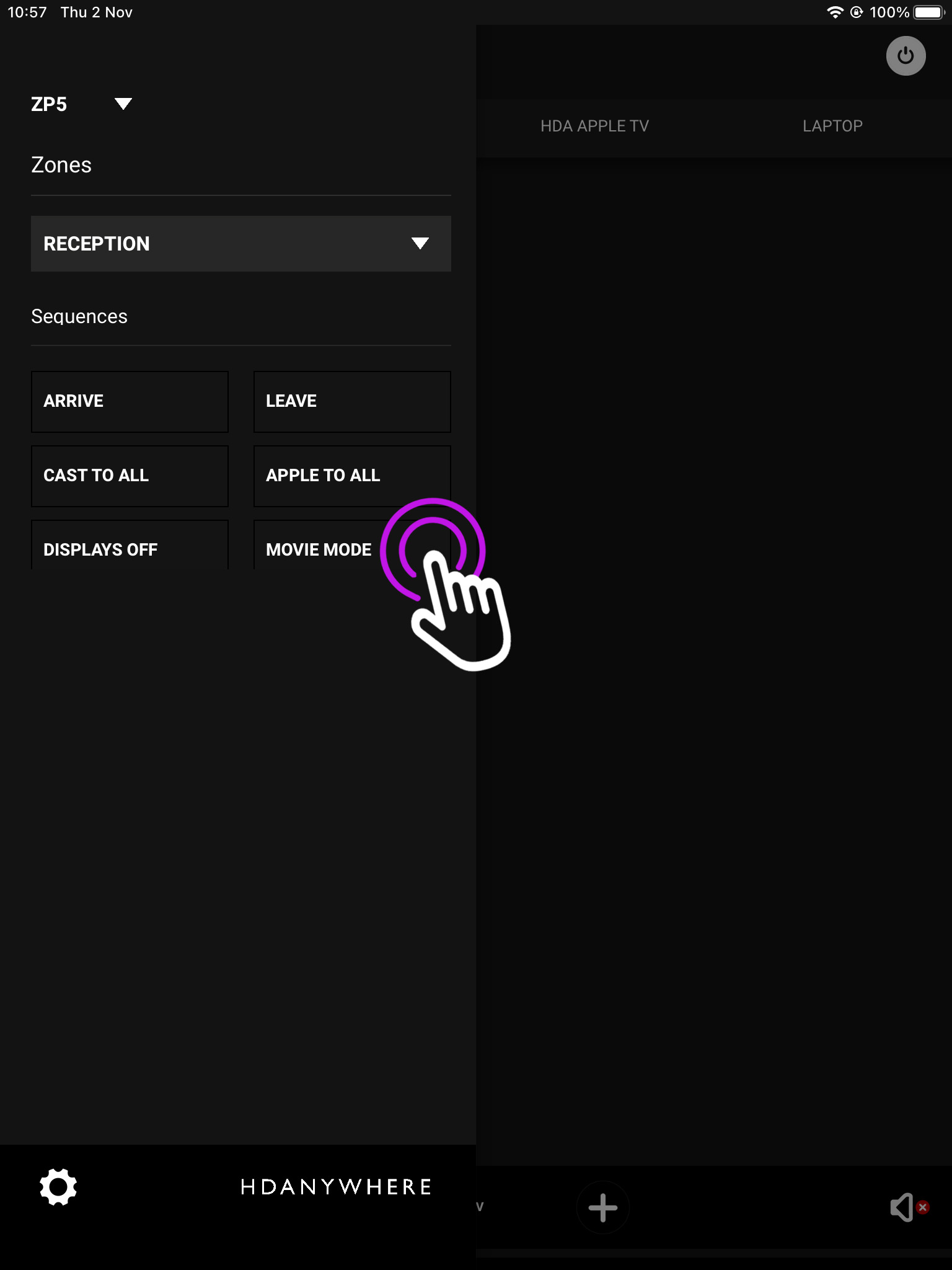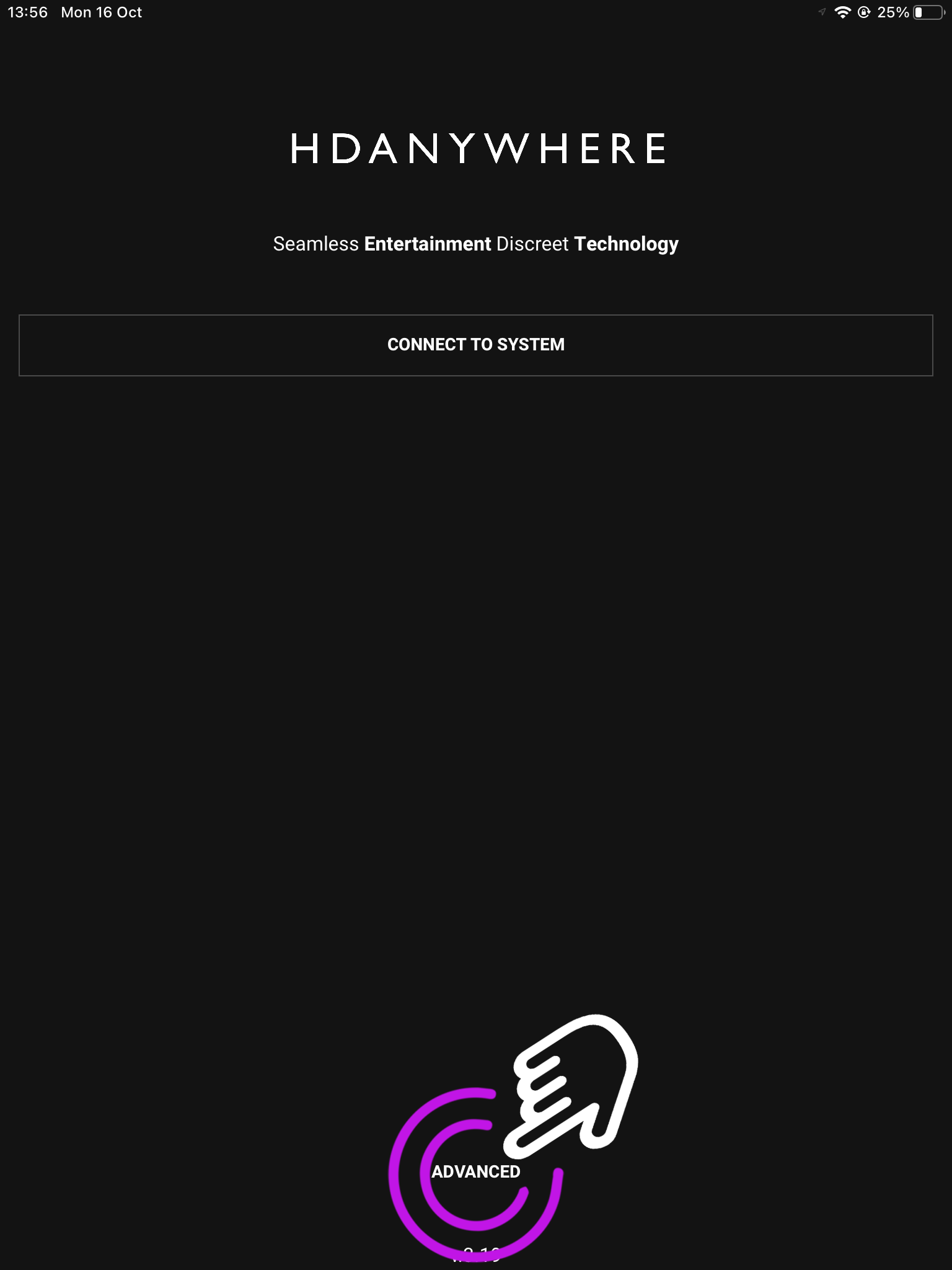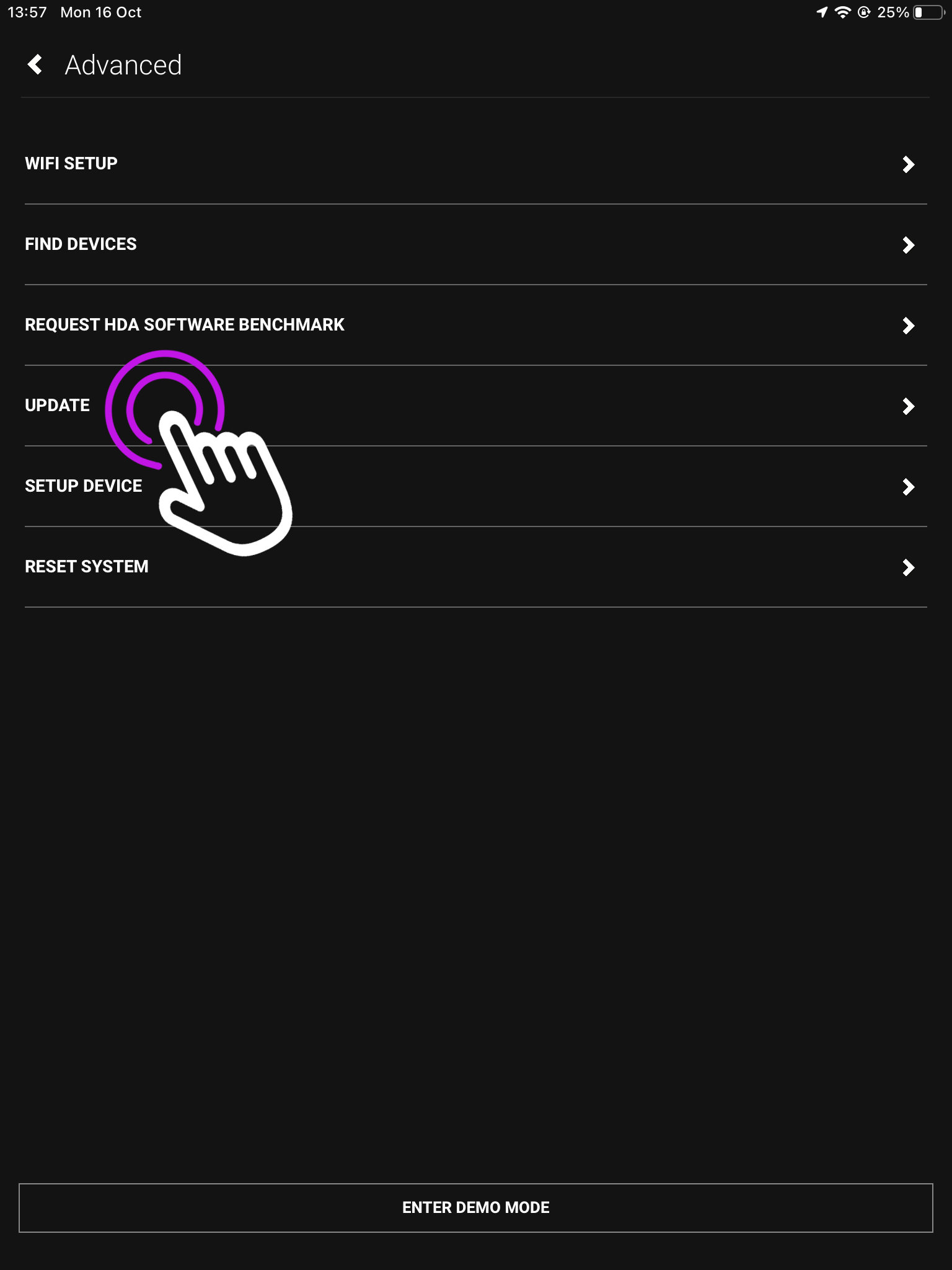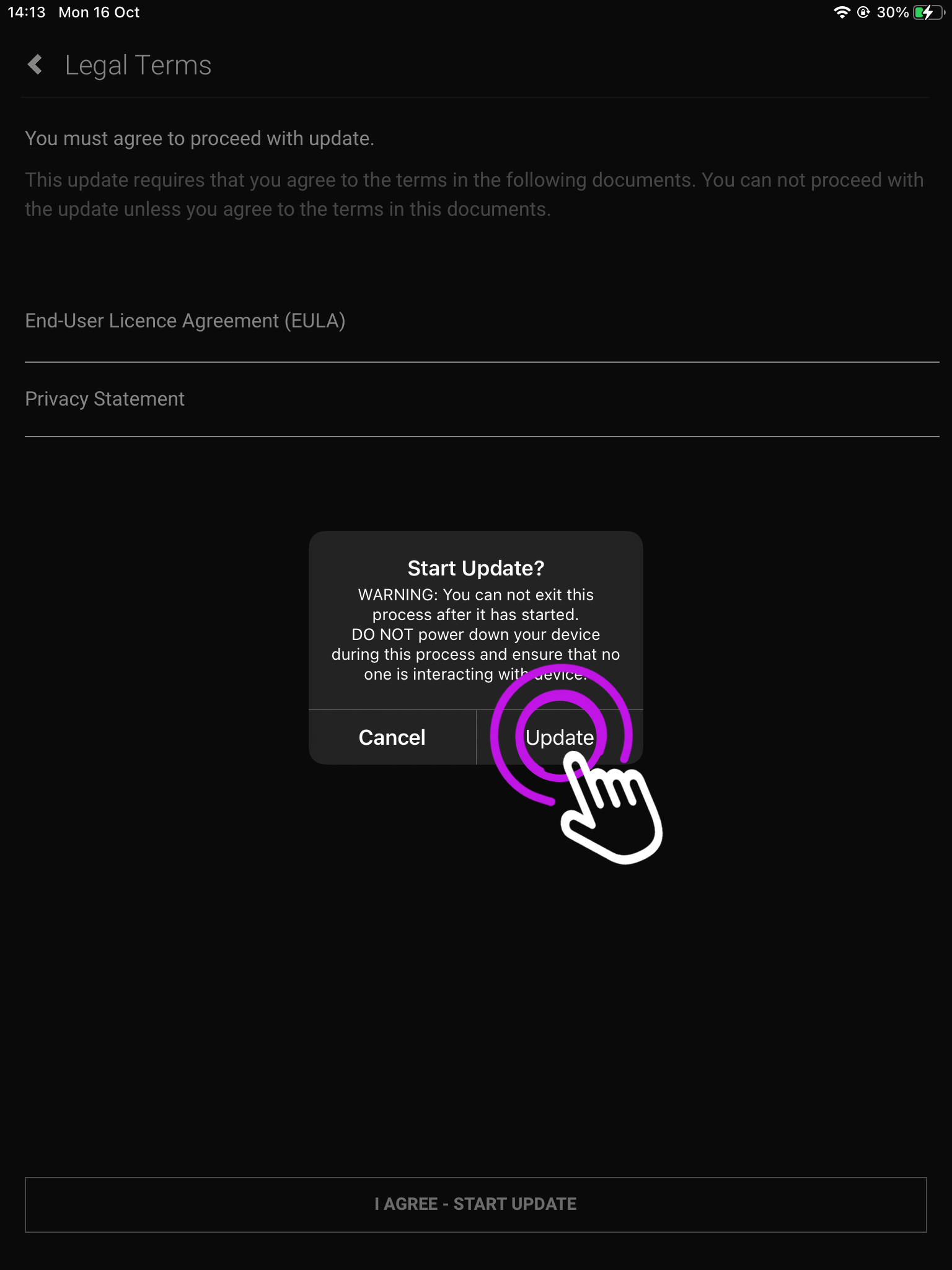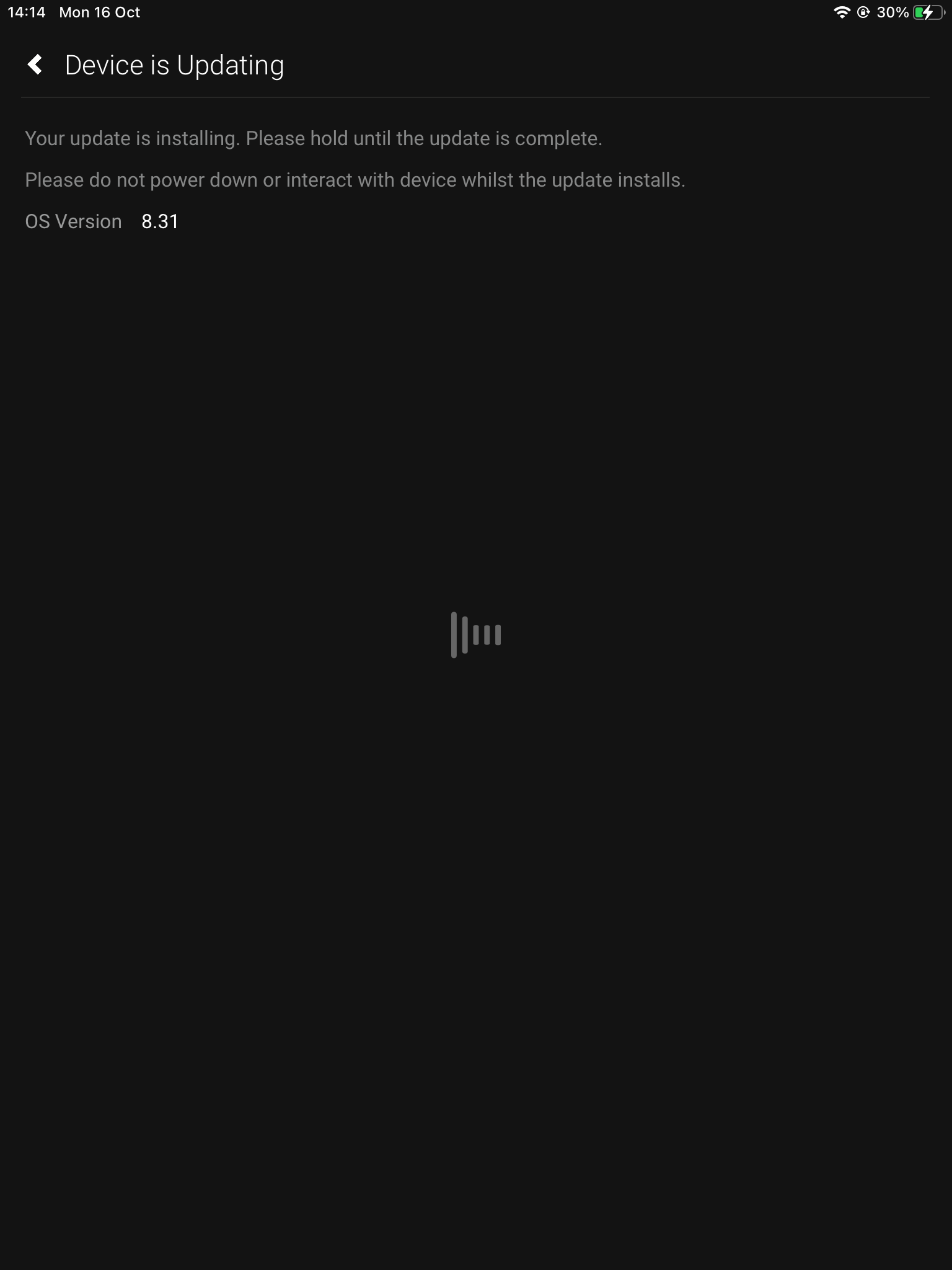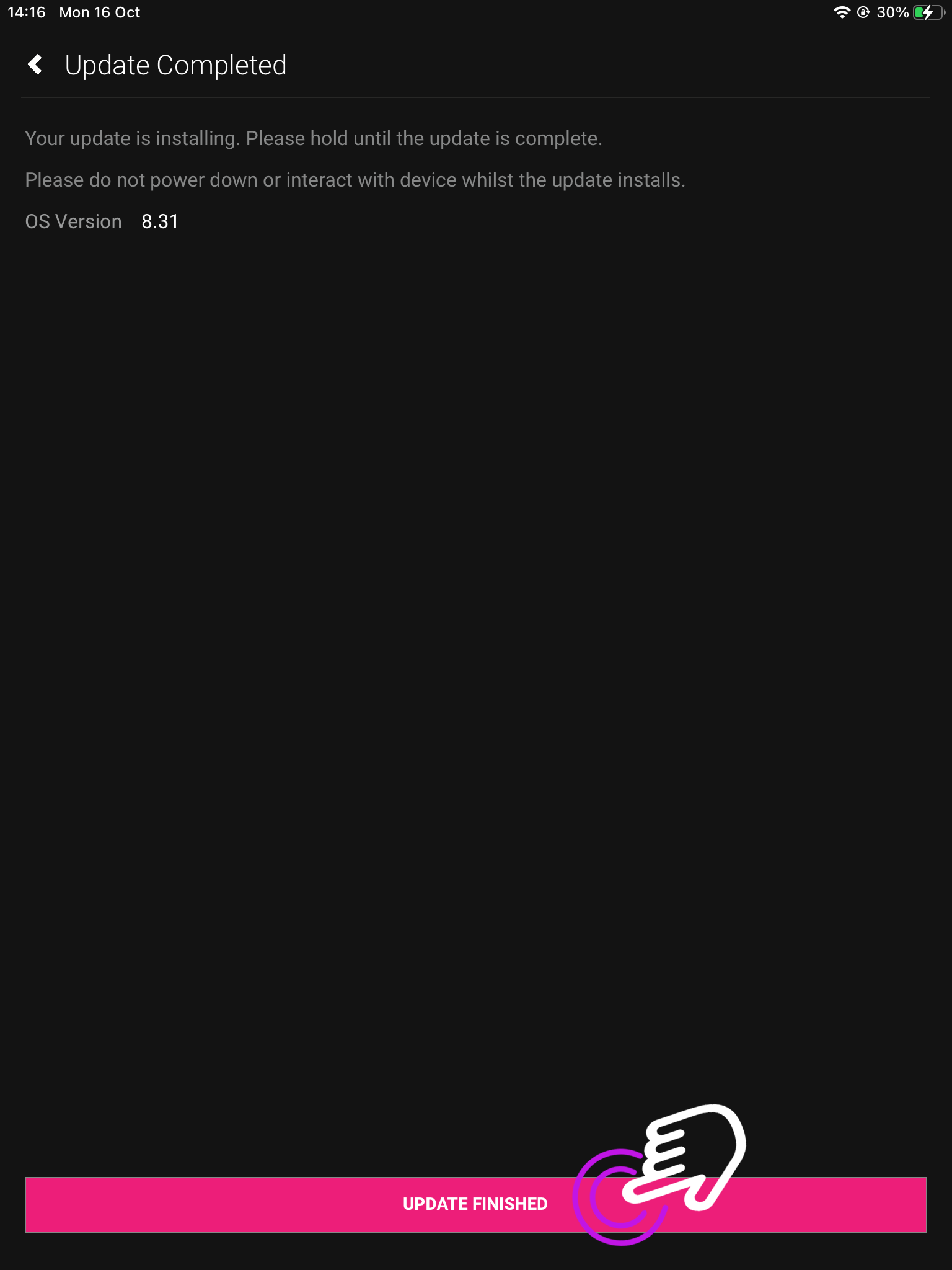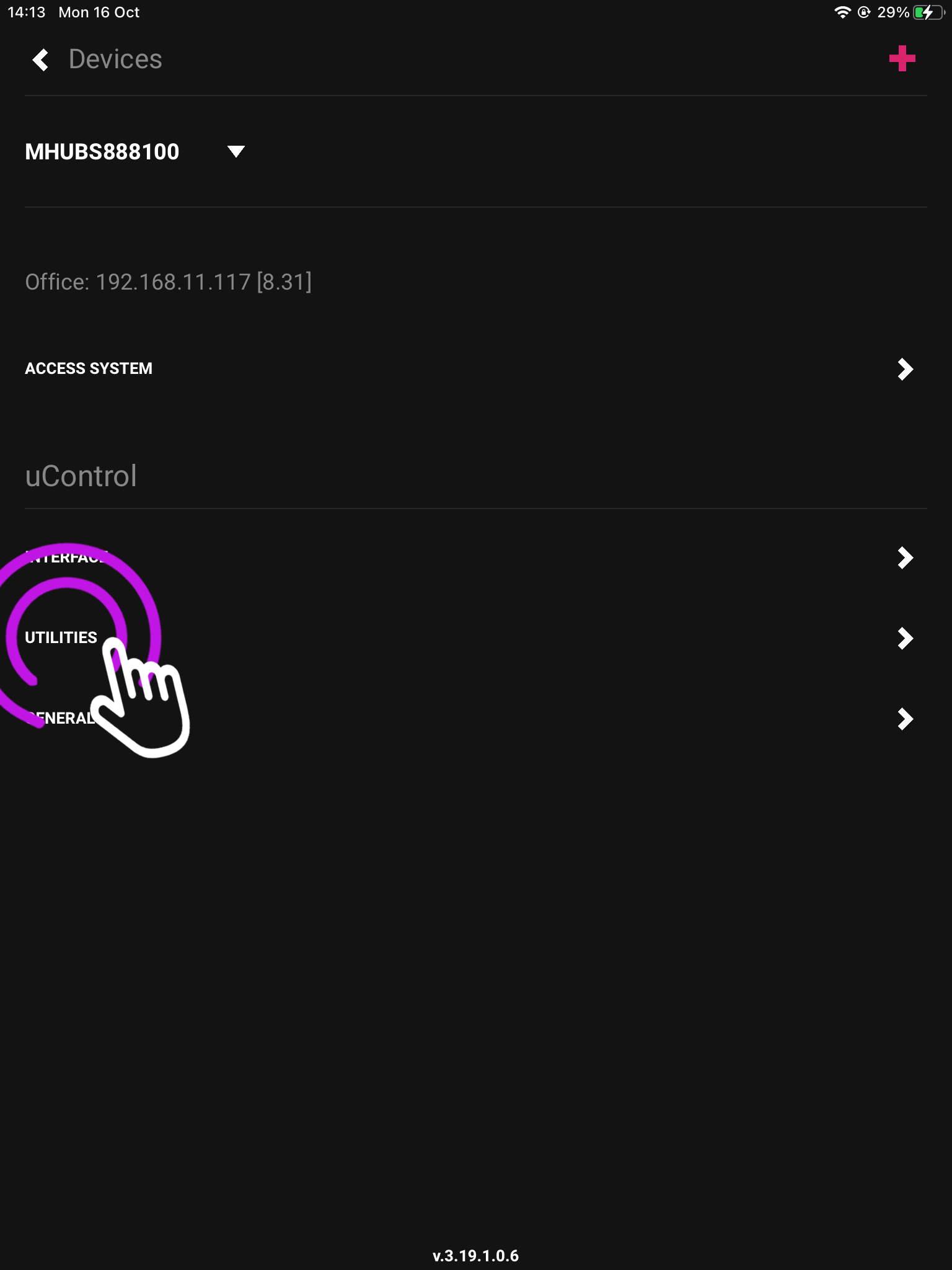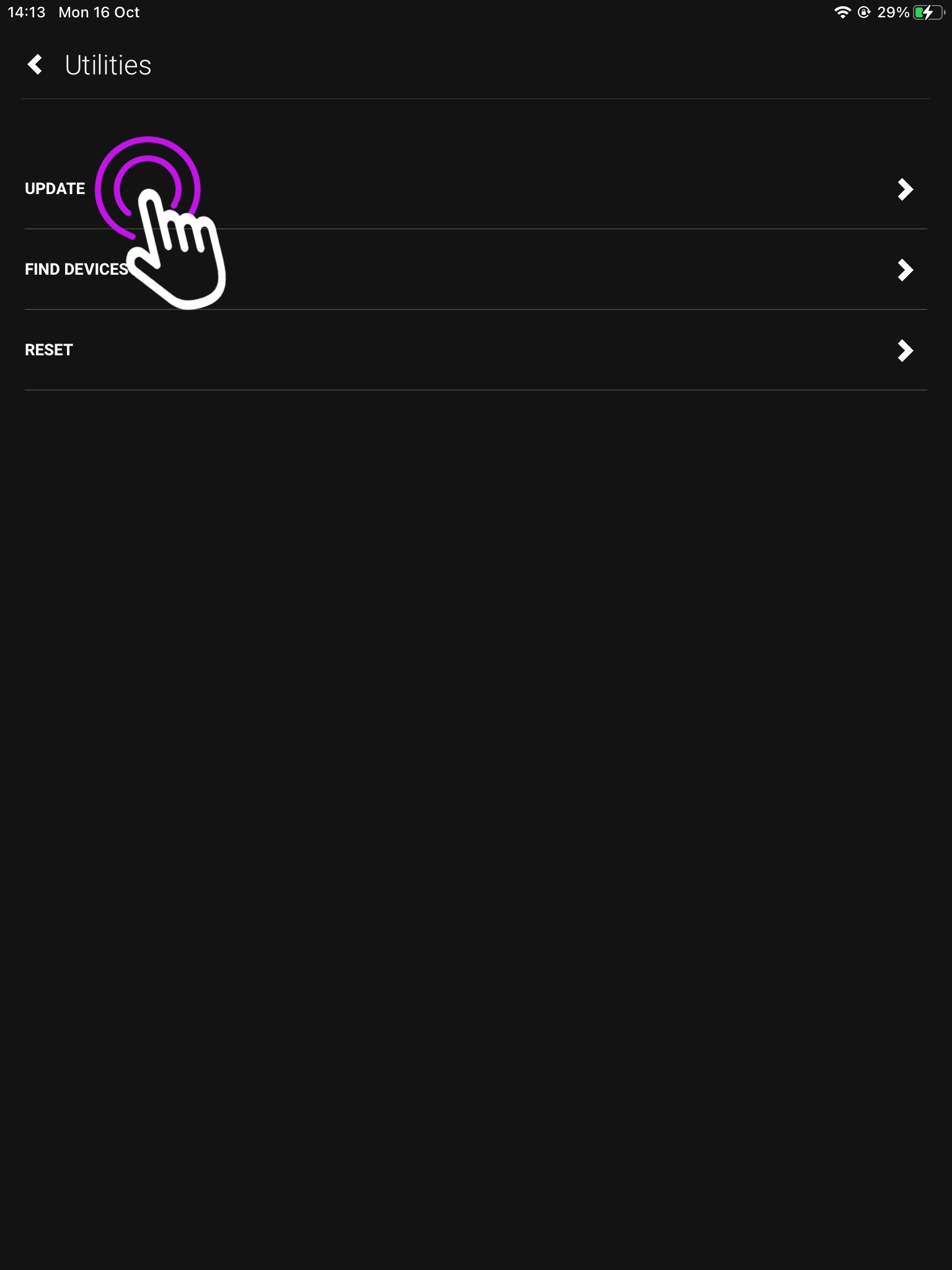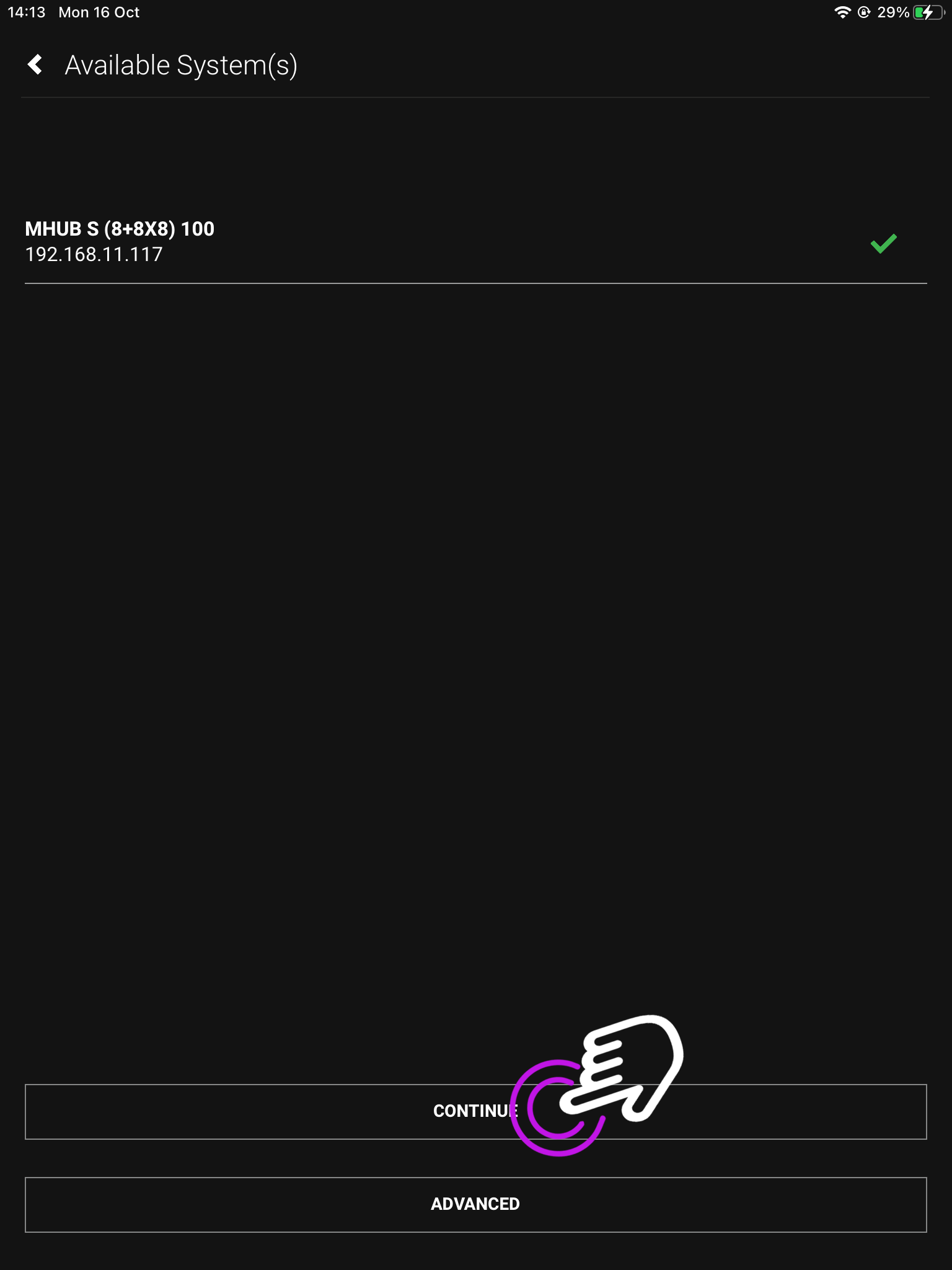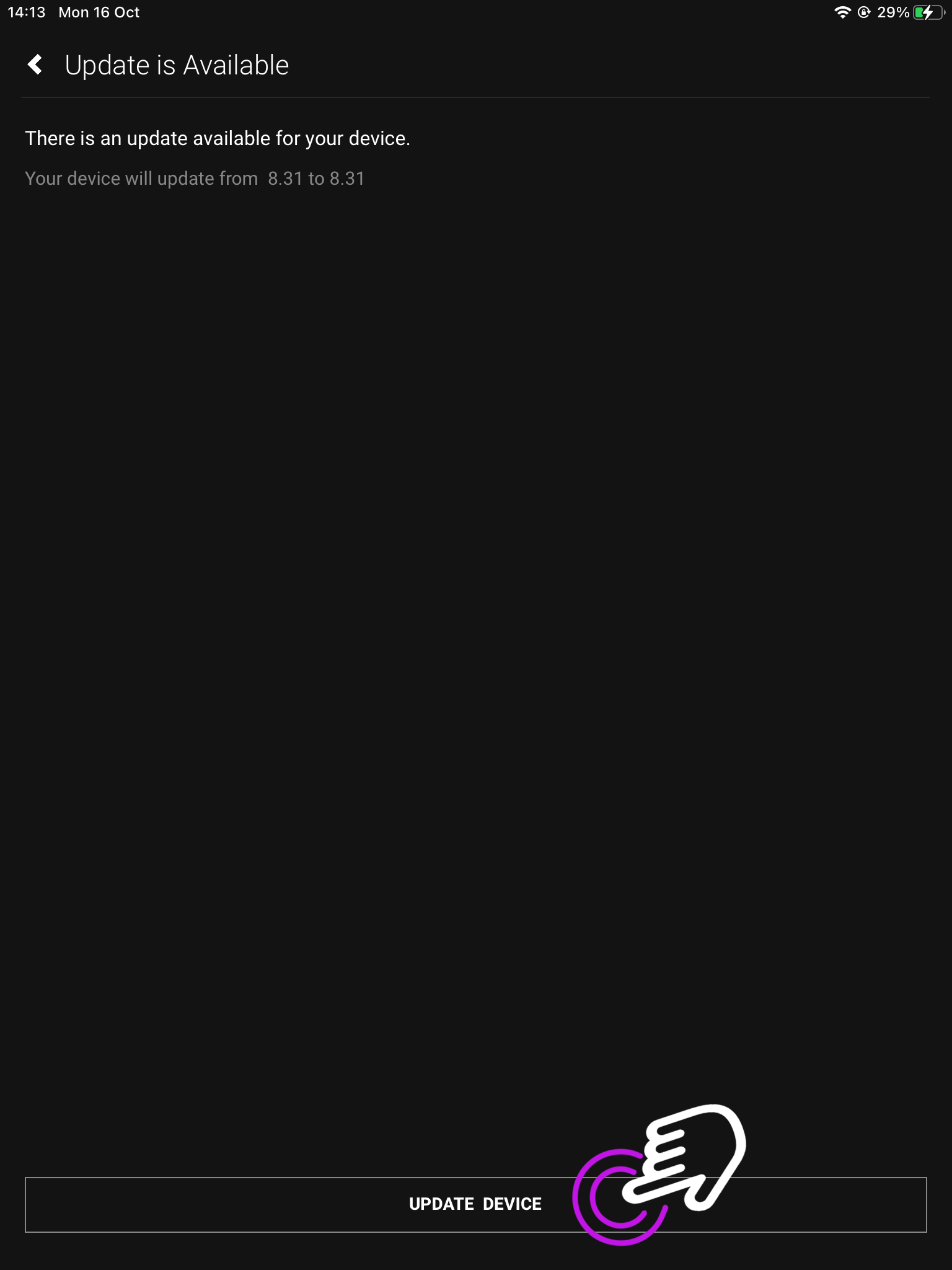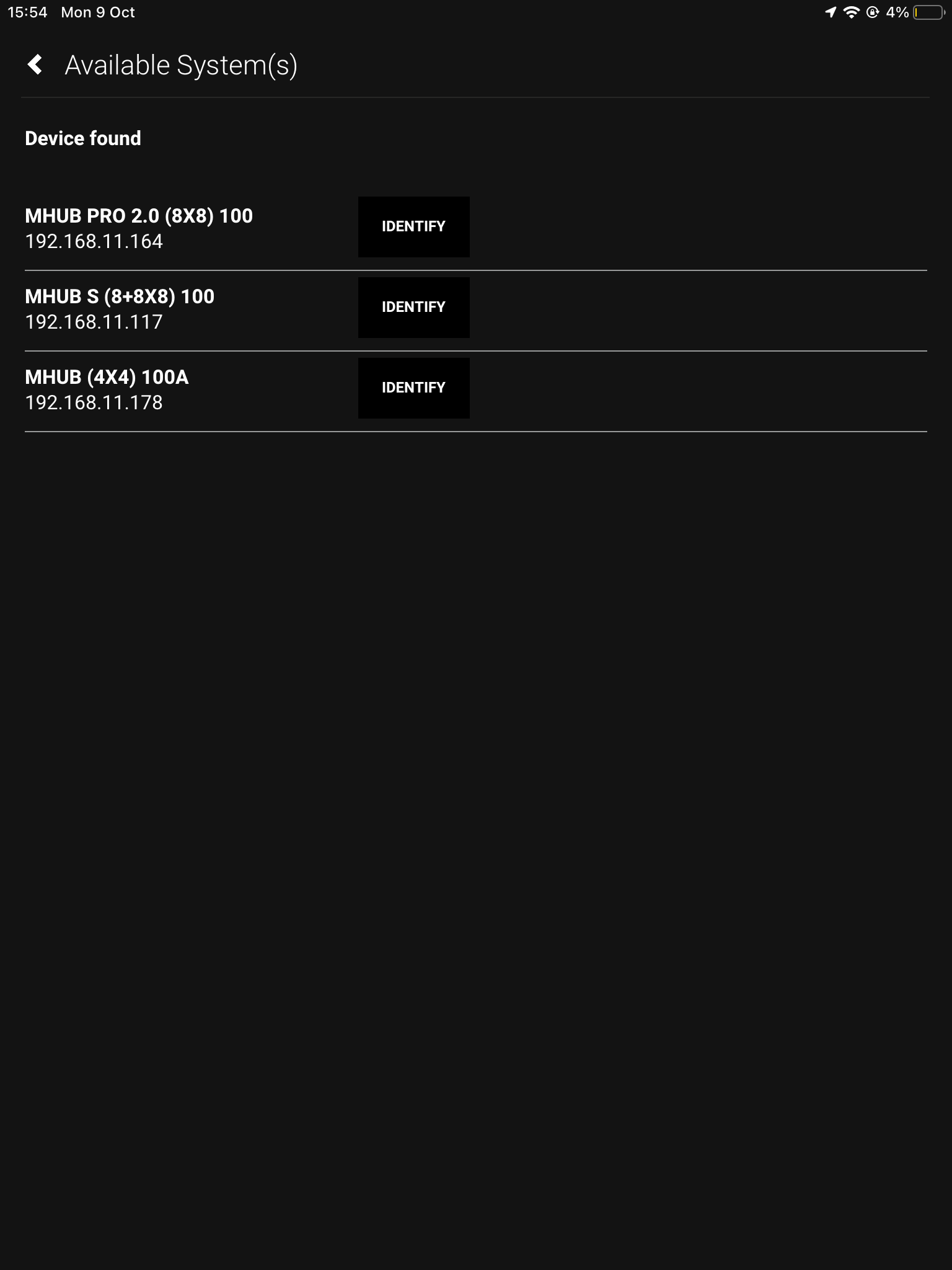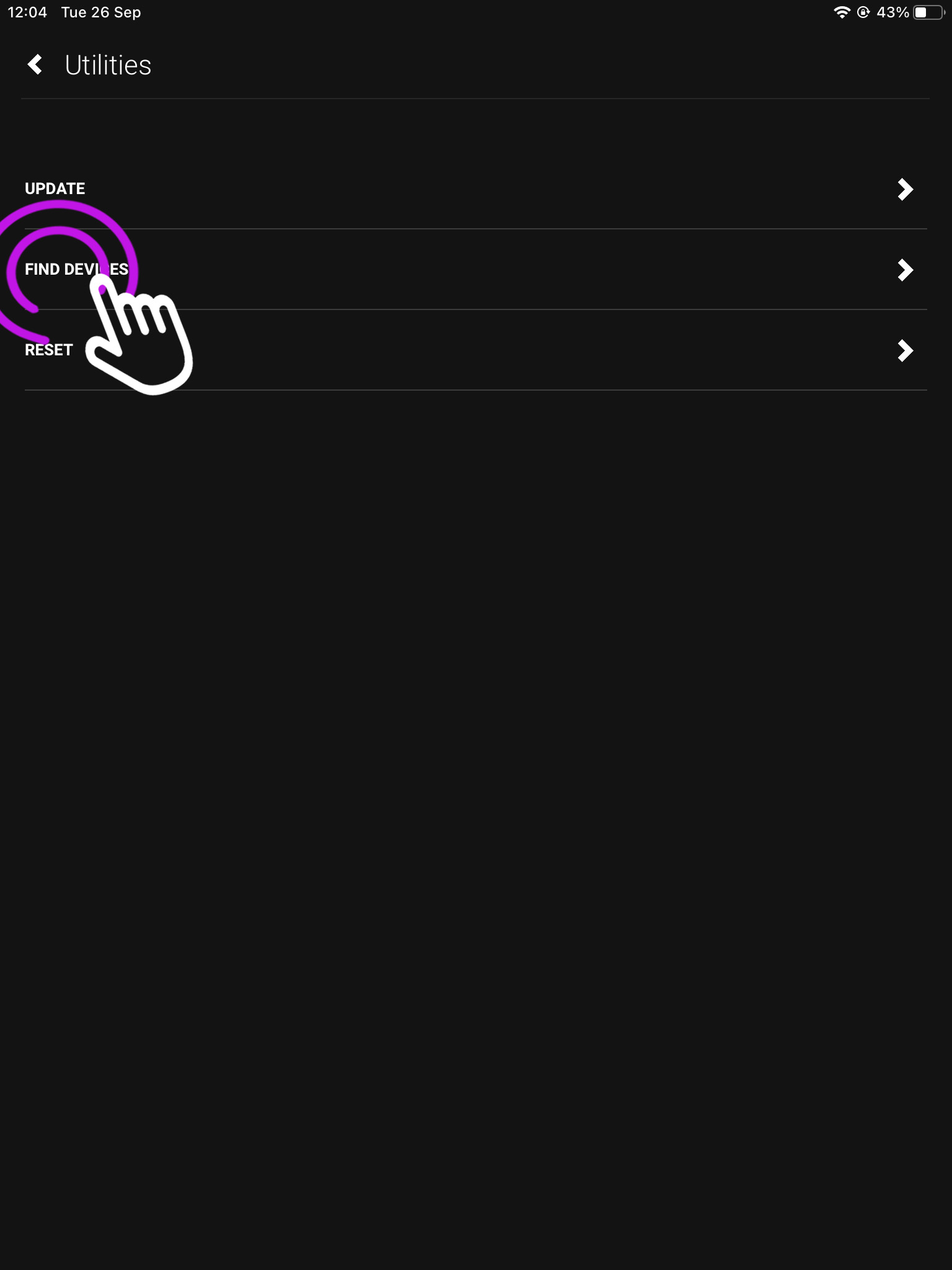Search by Support Category: Miscellaneous
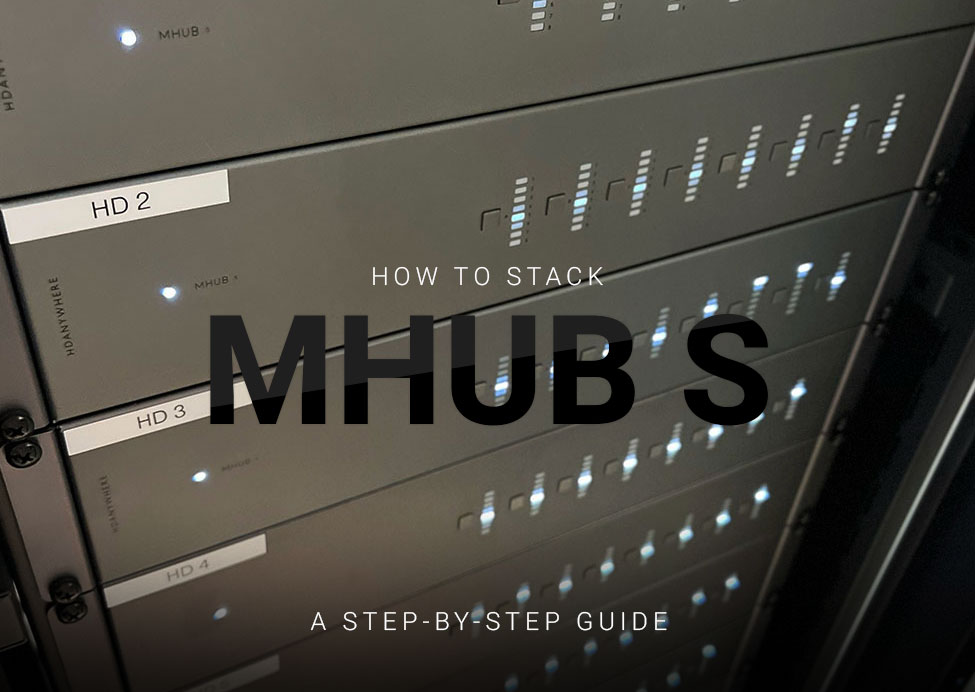
Please read:
This guide will show you how to build a stacked system using two or more MHUB S with uControl acting as the main method of control for the system.
This guide is intermediate in difficulty and assumes that you have installed MHUB before in standalone mode.
Make sure the only HDA devices on the network are the ones you want to put into the Stacked System. If you still cannot discover them in the app consider your network infrastructure, the app may struggle to find the system(s) if there are things like network switches in the residence so try simplifying it whilst going through setup.
It is strongly recommended that you read this guide carefully before commissioning your stacked system to ensure all features of the system work as expected.
25 minutes (approximately) to work through.
What you will learn:
Checklist
To create a stacked system please make sure you have the following before you start:
- MHUB S (x2 or more)
- Zone Processor, uControl Connect (x1)
- HDMI cable(s) to create connections between your MHUB S systems
CHECK SOFTWARE VERSIONS:
Check that ALL hardware above has been updated to the latest software version BEFORE you start configuration on uControl app.
Glossary
the following terms are used throughout this guide.

Foundation Layer
The MHUB S system which is directly connected to a video source(s) is referred to as the Foundation Layer. Ideally, this system should be physically installed at the bottom of your MHUB S stack. Inside uOS this system is referred to as S1 (see Stack Layer below).
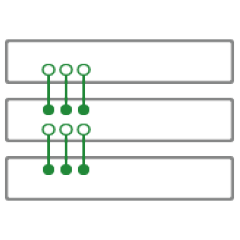
Connections
A Connection is used to define the cabled connections between each component in an MHUB Stack. The combination of HDA devices in your Stack will determine which ports can be paired or not.

Stack Layer
The Stack Layer is an alphanumeric identifier within uOS, starting from the Foundation Layer (Layer S1). This identifier represents the order of MHUB systems that are connected to one another by a Connection. For example, if you had four MHUB S systems stacked together, then you would start with the Foundation Layer (Layer S1), then the second MHUB S (Layer S2), followed by the third MHUB S (Layer S3) and, finally, the fourth MHUB S (Layer S4).

IR Cascade
MHUB S supports infrared (IR) passback from any display receiver connected to any MHUB system to another MHUB, through a process called IR Cascading. IR Cascading works from the top of your Stack, down the MHUB Stack Layers, until it reaches the Foundation Layer Source IR outputs or is instructed to stop elsewhere by uOS.
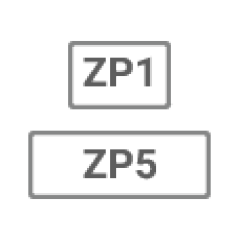
Master / Controller
An HDA device (like a Zone Processor) designed to control MHUB and/or MZMA systems operating in Stack mode. Any Stack that needs to be controlled by uControl must have a Master / Controller present in your setup. This is identified as M1 in uOS.
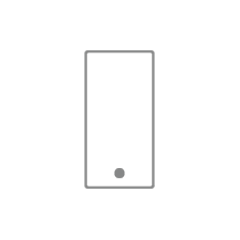
uControl
uControl is our control system for configuration and control of stacked systems. When we refer to “uControl” in this article we are referring to our app specifically.
Wiring
Stacking video and cascading IR is made possible by two ports on the rear of each MHUB S.
- “Mirror (OUT)” port
Connect the mirror out HDMI port to each Source Input at the Foundation Layer MHUB to the corresponding Source In HDMI port of the next MHUB in the stack. - “Stack IR (IN)” & “Stack IR (OUT)” ports
(Only needed if you are using IR Passback in your stack)
Used for MHUB S’ IR Cascading function and can be connected using the Source IR Stacking Cable included with MHUB S. Stack IR only works with a maximum of 4 MHUB S systems.
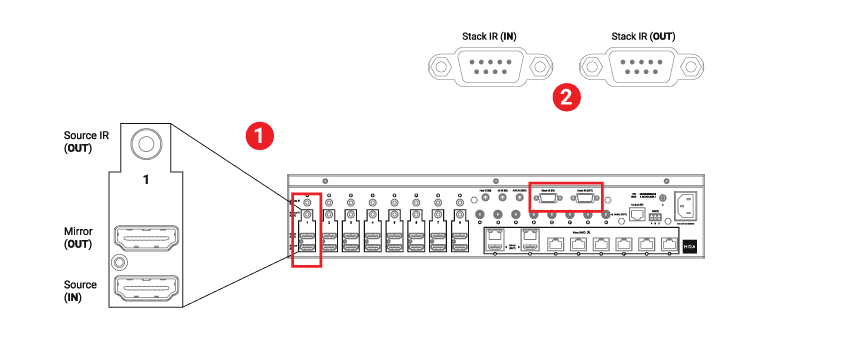
- Using HDMI cables, connect your video input/source to the lowest MHUB in your stack (Foundation Layer) first. Connect them to the “Source (IN)” port.
- Repeat step 1 for every video/input source.
- From the Foundation Layer locate the “Mirror (OUT)” port and connect a short HDMI cable to it. Complete this connection by connecting the HDMI cable to the “Source (IN)” port on the MHUB S in the layer above.
- Repeat step 3 for every MHUB S in your stack.
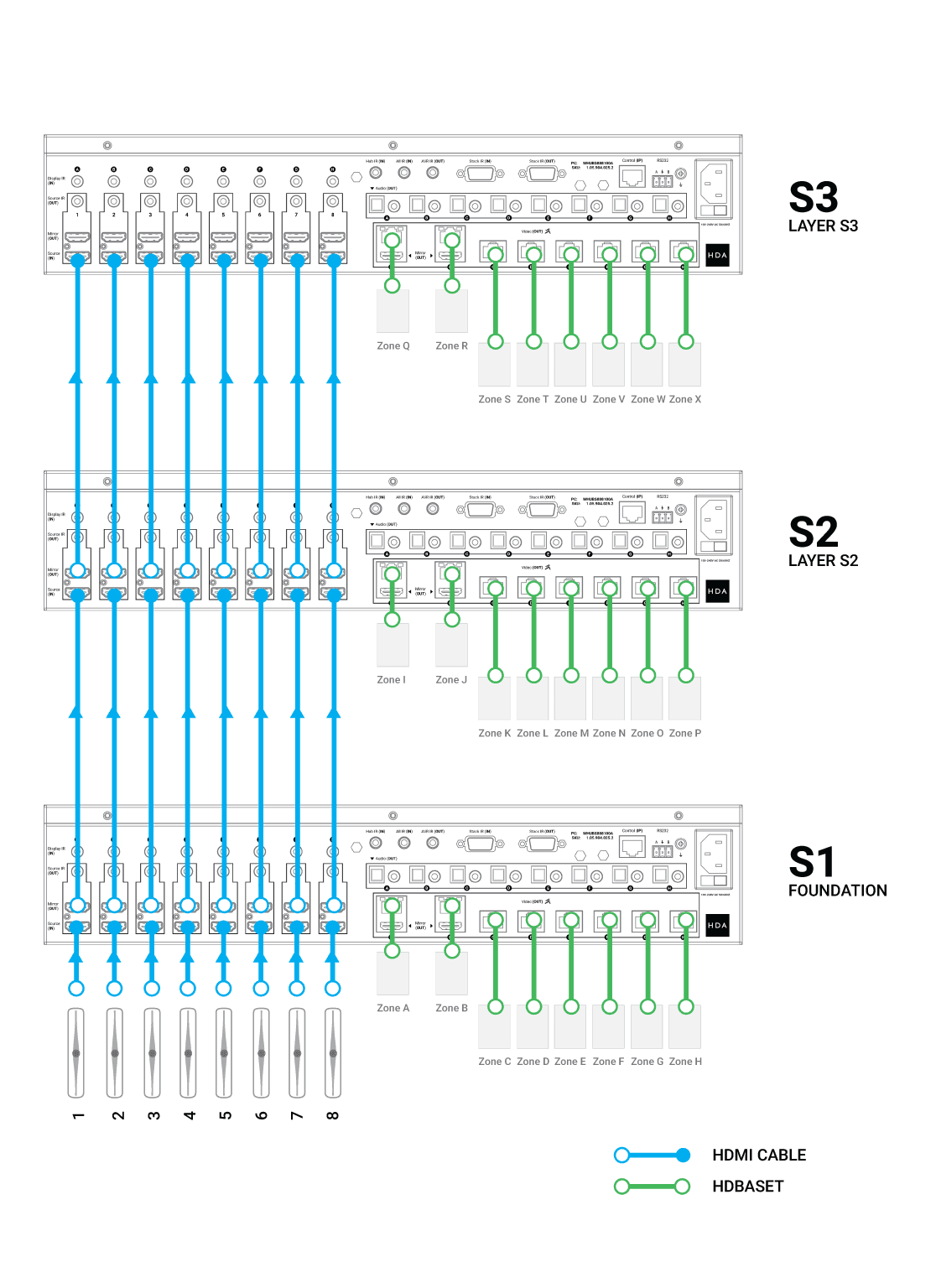
Watch video: How to wire MHUB S to create a stack
This video describes how to wire MHUB S systems together to create a stack.
Watch video: IR Cascading
If you plan to control your video input/sources using the original source remote control from displays served by stacked MHUB S then you will need to cascade IR down your stack.
There are some general rules to follow when doing this:
- Cascading IR applies to source control only. You cannot Cascade IR to displays.
- Cascading IR goes down the Stacking Layers only, from last to first.
- Similar to Connections, IR Cascading can only be defined between incremental Stacking Layers: S3 to S2 and finally S1. It is not possible to jump between devices, for example, S3 to S1.
- The Source IR Stacking Cable is 50cm/1.64ft so bear this in mind when rack mounting MHUB S, you must use the one supplied with the full kit.
- All “Source IR (OUT)” ports have two modes: Local and Passthrough. If the port is set to Local, then any IR received from a stacked MHUB will be transmitted on the receiving MHUB. If the port mode is Passthrough then the IR signal will be transported off that MHUB down the Stack Layer until it reaches an instruction to execute the IR command Locally.
- IMPORTANT: Local and Passthrough modes can be set from uOS on the Zone Processor.
- Any input served from a “Mirror (Out)” port must match the “Source (IN)” port identifier. You can not switch port IDs (eg. Mirror 1 to Input 4)
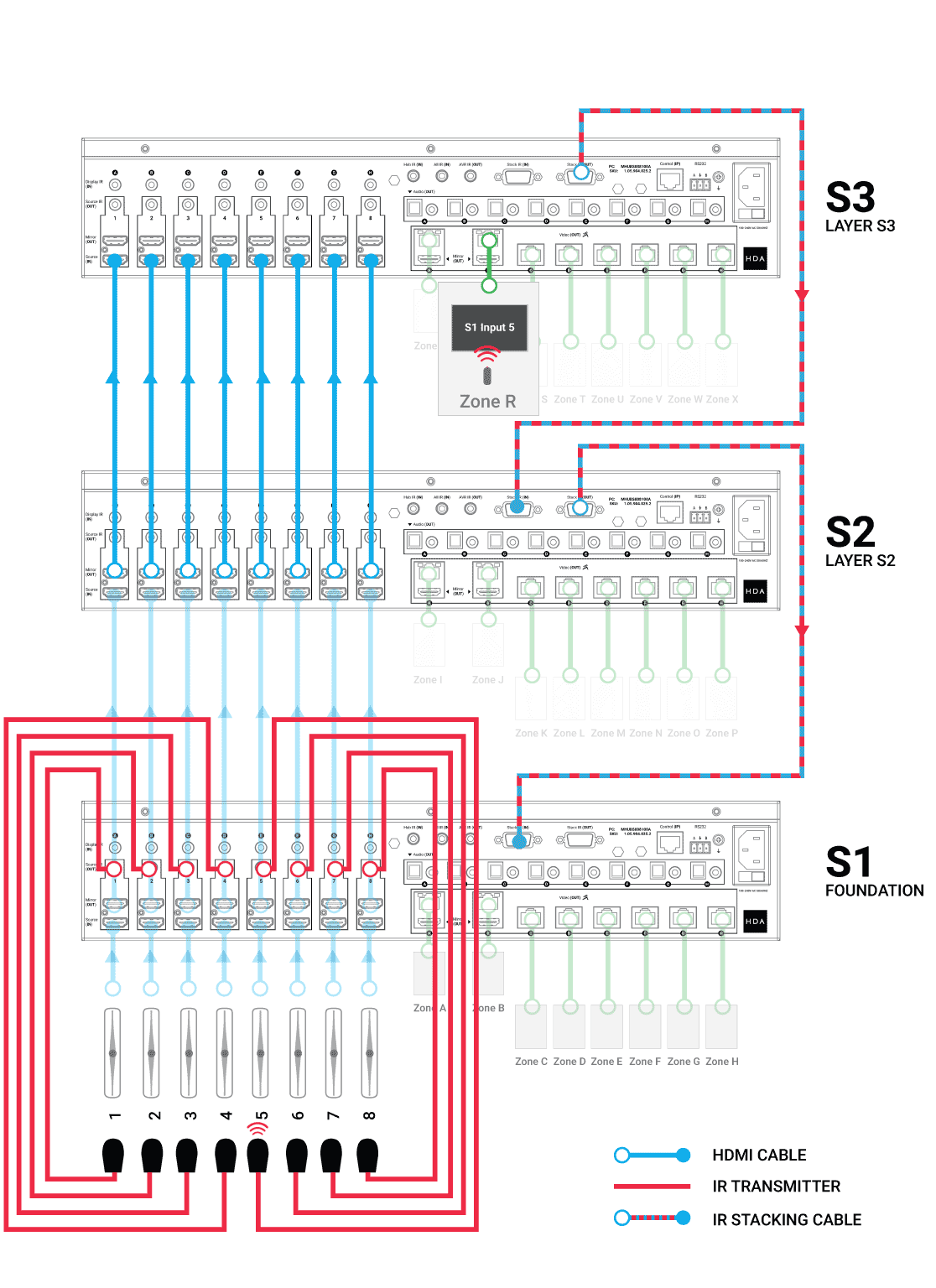
How to wire MHUB S for IR cascading
This video describes how to send IR from a stacked MHUB S to the Foundation Layer.
Initialising your Stacked System using uControl
Ensure that your MHUB S systems are correctly wired for stacking covered in the part above and that the following is completed:
- All MHUB S systems in your stack are powered ON.
- Your Master / Controller device (Zone Processor or uControl Connect) is powered ON.
- All MHUB S systems and the Master Controller are all connected to the LAN and reachable by their IP address.
- IMPORTANT: All hardware has been individually updated to the latest software version.
Configuring MHUB to operate in stacked mode can not be undone without resetting the system and starting again. Ensure that you have your wiring information handy and that you know exactly how the system is connected together before initialising your stack.
1. Connect to system
To get started press connect to system on the uControl Homepage.
2. Stack
If the HDA devices are on the network you will be presented with the option to create a stack, video standalone or audio standalone, as this contains two MHUB S’ it is a Stack.
3. Master Controller
The Zone Processor acts as the bridge between 2 or more HDA devices and all data goes through this device, acting as a brain. It needs to be selected as the Master Controller.
4. Setting Stack Layers
Next we need to choose our layers, starting with the Foundation Layer. Press identify to the right of the HDA device to make the power LED blink, when you know which is which select your primary MHUB for 1 and the other HDA device for 2, then hit continue.
4b. Order of layers
The order of your physical stack may be different to the order in uControl, as the MHUB with the IP address 192.168.11.147 could be the Foundation layer. It is important to mirror the order of the MHUB’s.
5. Naming devices
Name the devices so that they’re easily identifiable.
6. Access uControl
Your MHUB’s are now in Stack mode and are ready for configuration. You can now proceed to perform First Boot of your Stack with the Master Controller (M1)
7. Owner Account
Owner Accounts allow installers to add their HDA PRO account to their system for additional features, and to increase the warranty period. We recommend you do not skip this step.
8. Control Type
Choose uControl as the Control Type.
9. System Name
Confirm the names of your devices.
10. Setup Connections
This next step will allow us to make the manual connections between the multiple devices.
11. Manual Connections
This is where you tell the system how it is all linked. In this example source device 1 will be connected to Source (In)1 of the first layer (S1) in the stack and then mirrored with a shorter HDMI cable going into Source (In)1 of the second layer (S2), meaning the source will be available on both MHUB’s and therefore more zones. The same goes for Input 2 being paired with Source 2 on the second layer. Make sure to repeat how ever many times needed for your amount of source devices.
12. Zones
A zone is where a display is located, so name the zones after the room those displays are in. To add an output to a zone, choose which output from the list and then press “+OUTPUT”, check that the output has been added below in bold and then press “Create Zone”. Repeat process for all zones.
13. Complete
Now the system has been configured press “Finish” and you will be taken out of the web interface.
14. Reboot
The last step is to remove the power cable from your Zone Processor and wait 2 minutes, then plug it back in. This is needed to apply the settings you have just changed, once the 2 minutes is up press “Continue”.
After hitting continue you will be taken into the uControl interface where you can begin setting up the necessary packs and additional features like Functions and Sequences. For more guides on setting up systems after the first boot, please refer to our uOS support page.
Some devices no longer have built in IR receivers. To enable them to be used with the uControl app you can add a third party device called FLIRC. This connects to a source device via USB and turns IR codes into control commands the source device recognises.
The Flirc device can be found here – Flirc
Install the Flirc software on your computer, and install this profile onto your laptop/PC – NVIDIA Shield
Load up the Flirc software and in the top left click File, and then Load Configuration and choose the NVIDIA Shield profile you have just downloaded
Remove your Flirc from the laptop/PC and connect it to the female USB port on the back of your NVIDIA Shield. Next place the IR transmitter from you HDANYWHERE device on or near to the Flirc.

Once this is done you can install the NVIDIA Shield IR pack and control your NVIDIA device with uControl.
If your HDA device has uControl, you can download IR or IP packs to control thousands of third party devices from the interface of the uControl mobile app. In this guide you will see how to browse our extensive library to download and control the packs for your devices.
In this support article:
Installing uControl Packs from uControl
1. Open uControl
From the main screen navigate to the menu in the top left.
2. Navigate to your settings
Look for the settings icon located in the bottom left corner.
3. Access System
From here press Access System.
4. uControl Packs
In this menu press “Manage uControl Packs”.
5. Add New
Now we are in uOS press Add New and a pop up window will appear, press uControl Pack.
6. Port Select
You must now select if you’re installing a pack for a source device or a display/output.
7. Pack Information
Once you have chosen the port you need to select the device type, its manufacturer and model then press install.
8. Testing the pack
The last step is to test the commands to make sure you have the correct pack installed, if you get a response press install.
9. Using the pack in uControl Homepage
You will see your available sources at the top of the uControl Homepage, and you can use these icons to switch between inputs.
If your HDA device has uControl, you are able to use Functions which allow you to manage the on/off, up/down, mute/unmute and open/close state of your devices and include them into your sequences.
In this support article:
Creating a Function in uControl
1. Open uControl
From the main screen navigate to the menu in the top left.
2. Navigate to your settings
Look for the settings icon located in the bottom left corner.
3. Access system
From here press “Access System”.
4. Sequences
In this menu press “Manage Sequences”.
5. webUI
The webUI can also be easily accessed by typing you devices IP address into a website URL.
6. Add new
We are now in the sequences page where you can see your available sequences, and current functions. Press “Add New”.
7. Functions
Now we need to create your Function.
8. Zone selection
Certain zones won’t require your Functions to be present in them as the devices you’re controlling are in another room, so select which Functions are required where appropriate.
9. Activating your Function
Open the menu in the top left and you will see your available Sequences.
If your HDA device has uControl, you are able to setup Sequences which allow you to combine commands together to trigger a response from the system. This can be useful for scheduling certain actions like switching on/off a rooms devces at the push of a button.
In this support article:
Creating a Sequence in uControl
1. Open uControl
From the main screen navigate to the menu in the top left.
2. Navigate to your settings
Look for the settings icon located in the bottom left corner.
3. Access System
From here press “Access System”.
4. Sequences
In this menu press “Manage Sequences”.
5. webUI
The webUI can also be easily accessed by typing you devices IP address into a website URL.
6. Add new Sequence
We are now in the sequences page where you can see your available sequences, and current functions. Press “Add New”.
7. Input details
Now we need to input the details of your Sequence.
8a. Adding your command(s)
We have the description of our Sequence, but now need to add the commands.
8b. Adding your command(s)
The next command speaks to the source device AppleTV by firstly going to the main menu. From here the next action command is “Enter”, which will open up AppleTV movies as it is the first icon in the menu. It also has a half a second delay before the second action is executed.
9. Zone selection
Certain rooms won’t require sequences to be present in them as the devices you’re controlling are in another room, so select which Sequences are required where appropriate.
10. Activating your sequence
Open the menu in the top left and you will see your available Sequences.
Rithum Switch & HDANYWHERE.
Using a Rithum Switch along with an MHUB or Zone Prossesor you can use the device and uControl to execute sequences in uControl/uOS to control your home automation.
Below you will find a step by step how-to guide:
Stream Deck & HDANYWHERE.
Using an Elgato Stream Deck along with an MHUB or Zone Prossesor you can use the Elgato device and our API to send commands to uControl/uOS to control virtually any display, source inputs and lighting control.
Below you will find a step by step how-to guide:
Your HDA device will be supplied with the latest stable software version already installed. To access the latest features or maintain your system, it is recommended that you perform periodic updates to the OS. This process must be done manually as we do not push updates to systems automatically. Ensure that your system has access to a good internet connection and that power to your HDA device is stable during the process.
In this support article:
If you are not connected to a device
1. Open uControl app
Launch uControl and you will see the home page.
2. Press “Update”
This is the advanced screen where you can find your devices, connect over WiFi, reset your system and more.
3. Enter the devices IP address
If you don’t have this you can get it by finding the IP address of your device.
4. Updating your device
A. If there is an available update press “Update Device”.
B. If your device is already up to date, exit this page.
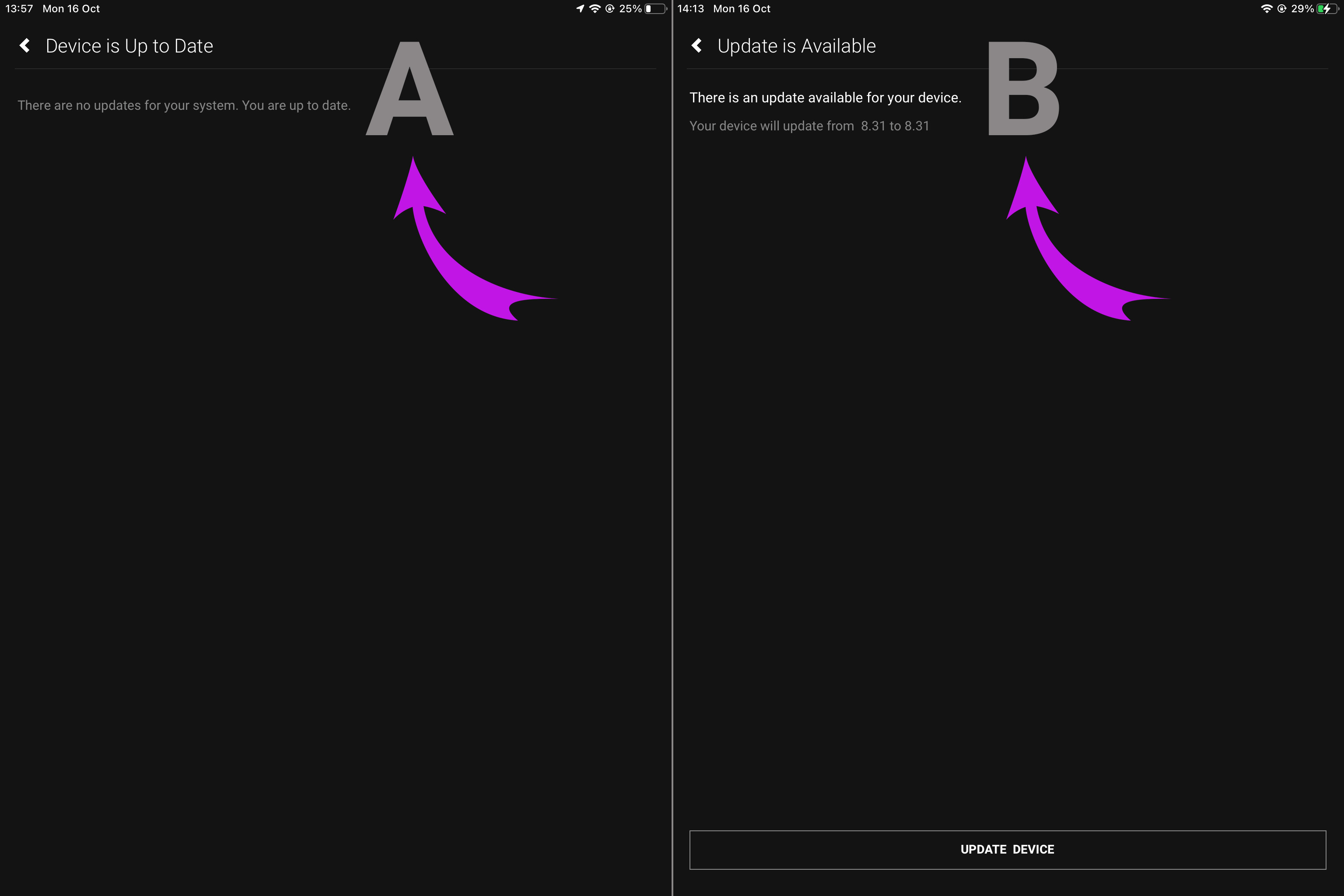
5. Terms and Conditions
To proceed accept the End User Licence Agreement (EULA) and Privacy Statement.
6. Update begins
This process can take up to 5 minutes, however, depending on your network it could be longer.
7. Update completed
uControl will display your OS Version.
If you are connected to a device
1. Open up uControl
If you’re already connected to a system then you will need to access uControl’s settings. From the main screen you will see something similar to this (see below). From here, look for a menu icon (three horizontal lines) in the top left corner, press that to reveal the Zone selector and Zone control menu.
2. Navigate to your settings
Look for the settings icon located in the bottom left corner.
3. Press “Utilities”
This will take you to your devices service page.
4. Press “Update”
From this page you can also find your devices, and reset one. To find out more check out our uOS Utilities page.
5.“Available Systems”
If you have a stacked system, or multiple devices they will show here.
6. Begin update
If your device is updateable it will start, and include which version you’re updating to.
7. Terms and Conditions
To continue please acknowledge the legal terms.
8. Await download
This process can take up to 5 minutes, however, depending on your network it could be longer.
9. Update completed
uControl will now let you know the update is complete.
Your HDA device will be displayed as an available system when connected to uControl. You may have more than one device connected, or be operating a stack and need to see which devices are connected.
In this support article:
When you’re not connected in uControl
1. Open uControl app
Launch uControl and you will see the home page.
2. Press “Find Devices”
This is the advanced screen where you can find your devices, connect over WiFi, reset your system and more.
3. Available Systems(s)
This is where your connected devices will show.
When you’re connected in uControl
1. Open up uControl
If you’re already connected to a system then you will need to access uControl’s settings. From the main screen you will see something similar to this (see below). From here, look for a menu icon (three horizontal lines) in the top left corner, press that to reveal the Zone selector and Zone control menu.
2. Navigate to your settings
Look for the settings icon located in the bottom left corner.
3. Press “Utilities”
This will take you to your devices service page.
4. Press “Find Devices”
From this page you can also update, and reset your HDA device. To find out more check out our uOS Utilities page.
5. Available Systems(s)
If you have a stacked system, or multiple devices they will show here.
Your HDA device broadcasts its IP address using a protocol called mDNS over your Local Area Network (LAN). The easiest way to find your IP address is to use our app, uControl.
In this support article:
- Finding your IP address on a (new/reset) system.
- Fiding your IP address if you’re already connected to a system.
- Using other methods to find your devices IP address.
- If you cannot see your device on the network.
Finding your device on a (new/reset) system
1. Open uControl app
Launch uControl and you will see the Home Page.
2. Press “Find Devices”
This is your Advanced Page where you can find the HDA systems connected to your network.
3. “Available System(s)”
Your connected devices will show here along with their IP address.
Finding your device if you’re already connected to a system
1. Open up uControl
If you’re already connected to a system then you will need to access uControl’s settings. From the main screen you will see something similar to this (see below). From here, look for a menu icon (three horizontal lines) in the top left corner, press that to reveal the Zone selector and Zone control menu.
2. Navigate to your settings
Look for the settings icon located in the bottom left corner.
3. Utilities
This is your device page which displays your model and IP address, if you want a list of all connected devices go to utilities.
4. Find Devices
This page is where you can update, reset or find your available connected systems.
5. Available Systems
Here you will see all your connected devices, and their IP addresses.
Using other methods to find your device
Network scanner
You can also use an mDNS network scanner to find your devices IP address. There are many network scanners to choose from, we recommend using Advanced IP Scanner as it is efficient and free.
Unable to see device on your network?
If your HDA device is not appearing in a network scan please try the following:
- Ensure your device is LAN (Local Area Network) connected.
- Check the lights either side of the network port, (green and orange) they should be static and not flashing.
- Ensure your HDA device is on the same network as the mobile device you’re trying to connect with.
- Make sure your router is working properly, and has no closed ports.
- Make sure your uControl app is up to date.
This guide will show you how to update you device in uControl.
From slide 2 if your system is already connected in uControl.
From slide 9 if you have just installed uControl and are not connected to a device.
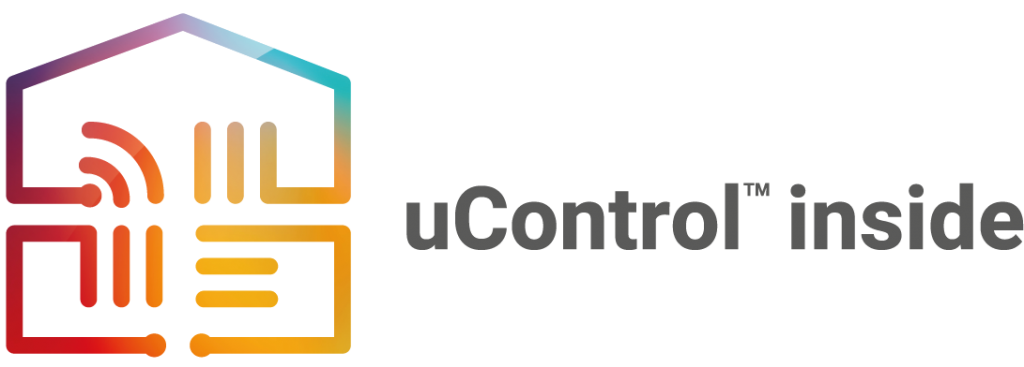
If you see a HDANYWHERE or third party device marked with “uControl inside” then it contains our control system inside it. You can find out what it can do by visiting uControl’s website here.
Comparing AV and Full versions of uControl inside
Some devices are marked “AV” where others are “Full”. This is determined by the operating system found on the device. The “full” implementation of uControl can be found in devices which have uControl OS (uOS) inside. “AV” means that the system is running MHUB-OS (MOS) and control capability is restricted to AV only or the devices that are directly connected to the MHUB system.
Full
- Control over sources, AVRs, displays and projectors (IR)
- Control over sources, AVRs, displays and projectors (IP/CEC)
- IP control over lighting, blinds, shades, PDUs, relays and more See all here
- uControl app, Alexa, Watch support
- uControl Remote
- Super Sequences, Functions and Scheduling
AV
- Control over sources, AVRs, displays and projectors (IR)
- uControl app, Alexa, Watch support
- uControl Remote*
- Sequences and Scheduling
Upgrading an older MHUB to support Full uControl
It may be possible to update your MHUB’s control capabilities by adding a uControl Zone Processor to manage your system instead. Not all models are supported so we recommend contacting us to confirm the level of support first.
*Requires a Zone Processor to be added to the system to upgrade to Full uControl capabilities.
This guide explains how to use Lutrons API protocol to control QS Standalone, RadioRA2, Quantum, Athena, HomeWorks QS, myRoom plus from Lutrons devices.
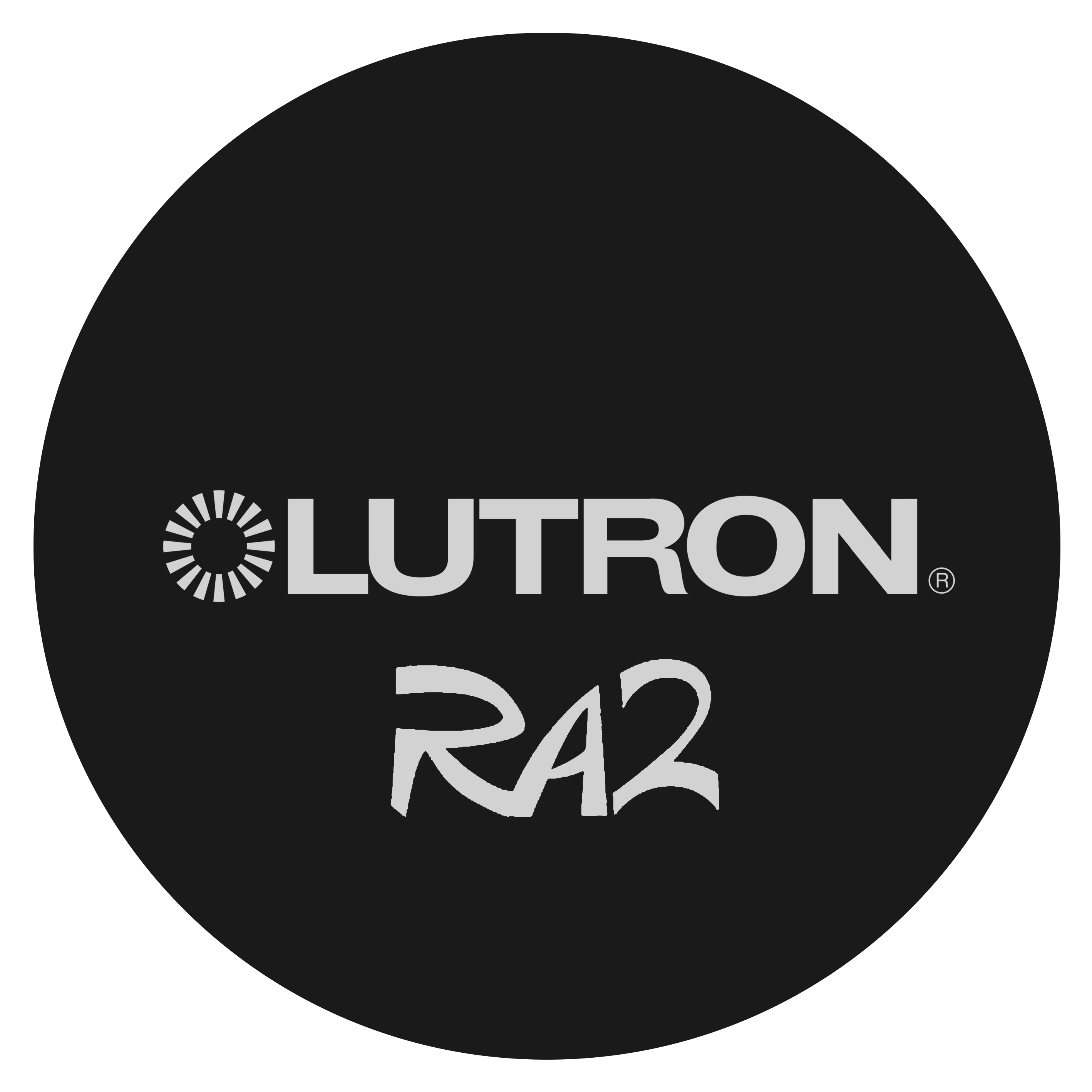
What this guide will cover:
- How to control Lutron lights in your home.
- How to add that API into uOS.
- QS Standalone, RadioRA2, Quantum, Athena, HomeWorks QS, myRoom plus.
Important: you must have the IP addresses first
For the purposes of this guide we are going to assume that your Lutron gateway is on IP address 192.168.1.15 and your uOS device (MHUB, MZMA or Zone Processor) is on 192.168.1.196. We will use this to illustrate all examples moving forward.
Important: This guide assumes that you are familiar with Lutron and know how to use their lighting infrastructure and that your Lutron system is operational before integrating into uOS.
What a Telnet Lutron command looks like
See “Testing your API’s” for more information on Telnet.
#OUTPUT,2,1,75,00:30
Understanding what the variables above mean:
#OUTPUT
This is the operation character for executing an action. For more information on these see the slideshow below.
,2
The first number in the string is the ID for the device.
,1
The second number in the string is the action number, which in this instance is enable.
,75
This number sets the level of the dimmer, so in this case 75%.
,00:30
This is the fade time of the dimmer.
Testing your APIs
We recommend that you test every API before you enter them into uOS. All IP based APIs have different requirements when it comes to testing, Lutron’s method is a little different as it needs to be done over Telnet in command prompt.
To test your commands, open up command prompt on your laptop or PC and enter telnet 192.168.1.15 23
Remember, your IP address will be different, you must use the Lutron gateway IP address for this, the port is 23.
You now need to wait for it to connect which may take a few minutes, then you will be asked to login. The username is lutron, and the password is integration. You will now be able to test your commands in the terminal. Observe the device you are trying to control, and see if your commands changes the outcome.
Using a MAC?
If you are using a MAC you can use Netcat to test your API command. To do so open your terminal and enter nc 192.168.1.15 23
Wait for it to connect and then you will be prompted to login. The username is lutron and the password is integration.
If it doesn’t work then try the following:
- Make sure the IP address is correct.
- Make sure that you do not have any typos.
- Ensure that your IDs are correct and that you’re observing a light in the correct room and location.
- Make sure that the structure of the API matches our example no spaces, no special characters, data is in the correct case (often lowercase).
How to add your APIs into uControl
Need more help with the API? Get in touch.
All HDA staff are able to help with any API questions you might have including any advanced features. Get in touch for help or assistance.
